- A FEW MINI CASE STUDIES
- Tribute to ISRO
- Sideways
- Borosil
- Disney
- Fevicol
- Big Bazaar
- Incredibles 2
- Imagica
- Suhana
- Zeel
- Kia Motors
- Niyo
- WHAT WE DO
- Advertising
- Branding
- Communication Design
- Creative Technology Solutions
- Interactive Solutions
- Experience Design
- Product design
- Strategy Consulting
- Technology Consulting
- Packaging Design
- Call us: +91-22-49760103
- Email us: hello@sideways.co.in
- Meet us in Worli, Mumbai
- Connect on Facebook | Instagram



Menu
Drag a problem to Sideways and see magic happen
A little intro about us
Drag a problem to

Seeing beyond the obvious.
Removing all blinders.
Going to places you didn’t think you would.
Solving problems you didn’t think you could.
Just a few things that happen
when you get a bunch of multi-disciplinary
sideways thinkers working together.
Magic, explosions of creativity
and unlocking opportunities are some others.
Because when technologists, product designers,
writers, behavioural architects, digital strategists,
art directors, retail experts, design thinkers
and developers sit in one room,
you won’t expect anything else.
Welcome to Sideways.
Because more often than not,
that’s the only way to go forward.
Tribute to ISRO
ISRO, with its ingenious approach, has always taken on complex and challenging missions, even with limited resources. They have been a huge inspiration to all of us.
The Lunar Dome and Chandrayaan 2 Kit are our small gestures, to thank them for the pride they bring to each and every Indian.
View mini case study
Sideways
We wanted our logo to be a story in itself, which many brands aren't able to build, even after years of reinventions. So, the Sideways logo was designed as a tribute to all those people whose ‘sideways’ thinking has inspired Abhijit Avasthi, Sideways co-founder, since his childhood. It is made up of the actual handwriting you’d find in the signatures of those people.
View mini case study
Borosil
Communication Design | Interactive Solutions | Product design | Strategy Consulting
For Borosil, we embarked on a massive campaign to reposition and reinvent the brand. It was one that combined product design, digital and strategy. In fact, we even took it a step further and helped them create a completely new revenue source while also redefining who their competition was. Here's a look at everything we did, right from research to results.
View mini case study
Disney
Product design | Strategy Consulting
We were tasked with helping Disney penetrate the distribution system in mass India by creating a toy for 5-8 year olds. It would disrupt the unorganised distribution system and be sold in a neighbourhood stores as well as a large toy store like Hamleys.
View mini case study
Fevicol
Communication Design | Strategy Consulting
When a local adhesive brand began to eat into Fevicol’s market share using unscrupulous means, they turned to us. An in-depth research exercise across three problem-areas ensued and provided some really eye-opening insights. The resulting campaign encompassed everything from TVCs to memes and spoke to everyone from homeowners to contractors. Here’s a more comprehensive look at how we tackled Fevicol’s challenge.
View mini case study
Big Bazaar
Communication Design | Experience Design | Strategy Consulting
Big Bazaar has constantly experimented to keep up with the times and be in touch with the customer’s needs. Over the last few years, it has moved from being a hypermarket, to becoming a value department store. The cheap stuff is no longer there; it has been replaced by a range of offerings, including premium brands across categories. In doing so, it has upgraded the way India shops. Big Bazaar was looking to change itself yet again, to now becoming a service brand. It wanted to provide India a whole new retail experience, in order to transform the way India shops.
View mini case study
Incredibles 2
In the last few years Indians have increased their entertainment budget many folds, and cinema has got the biggest pie of this expenditure. However, Disney realised that animated films had failed to attract audiences. Indian adults and parents preferred live-action films over animated films any day. Which is why, even critically acclaimed and award-winning animated films had failed to create an impact in the Indian markets. Incredibles 2 was Disney’s attempt to create affinity and market for animated films among Indian masses. We had to tackle these underlying issues and convince masses to go watch the film in theatres.
View mini case study
Imagica
Interactive Solutions | Product design | Communication Design | Creative Technology Solutions | Strategy Consulting | Branding | Experience Design | Advertising
Due to Imagica’s location – between the cities of Mumbai and Pune – they found that people from neither of these cities adopted it as ‘their amusement park’. Imagica’s convenient location was, surprisingly, working against it. Our goal was to get the citizens of Maharashtra’s two largest cities to adopt Imagica and make it their destination of choice for day-trips.
View mini case study
Suhana
Strategy Consulting | Advertising
The ambition of Suhana, a local spices brand from Pune, was to become a big player in the regions of Mumbai, Maharashtra, MP and Gujarat. However, the spices category came with some unique characteristics that made it challenging for a brand like Suhana to win the race against the competition. From big national brands dominating the media with high visibility to regional players exercising a stronghold when it came to on-ground retailers, the task for us was to declutter the shelf and make space for Suhana.
View mini case study
Zeel
Strategy Consulting | Advertising | Packaging Design
All big brands in the rainwear category have been established on the back of trade push for decades. While Zeel has been making rainwear for 25 years, it was time to challenge the deep rooted mindset of the rainwear retailers by driving consumer demand through brand building, instead of relying solely on trade support to drive business.
This case outlines the Sideways multidisciplinary approach to Zeel, where we built a brand positioning driven by rich consumer insights, and translated this thought across the entire experience, including packaging, product and marketing.
View mini case study
Kia Motors
KIA was a new entrant in India with no products on road and no showrooms too. But the odds didn’t end here. It was a battleground of some of the biggest players and entering a market so late in the game didn't make it any easier.
View mini case study
Niyo
Strategy Consulting | Advertising
Niyo is a technology platform that integrates with traditional banks (like IDFC First Bank, DCB etc.) to offer a combination of traditional banking products and services bundled with innovative product features, tools and value-added services, all through a mobile or digital mode.
To explain it simply, Niyo is a bank account with a card that you can run from your phone app; and its loaded with unique features and delights. Since its inception in 2015, Niyo has been at the forefront of making your experience simpler, smarter and safer with continual digital innovation. But majority of people are not really aware of Niyo and its offerings. So how do we launch India’s first neo-banking platform and attract the younger audiences.
View mini case study
We have been eternally fascinated by the moon. We’ve romanticized it in our songs, made it a part of our culture and traditions through stories and have forever been curious to learn more about it.
ISRO, with its ingenious approach, has always taken on complex and challenging missions, even with limited resources. They have been a huge inspiration to all of us. The Lunar Dome is a small gesture from our side, to thank them for the pride they bring to each and every Indian.
Make your own Chandrayaan 2 Kit
To commemorate the historic Chandrayaan 2 mission, we partnered with Pidilite’s Fevicreate Programme to encourage future scientists to try their hands at creating their own version of Chandrayaan 2’s lander Vikram and rover Pragyan. We created crafting sheets with information on the missions and instructions that were then taken to 1 lakhs students across 650 schools in 25 cities.
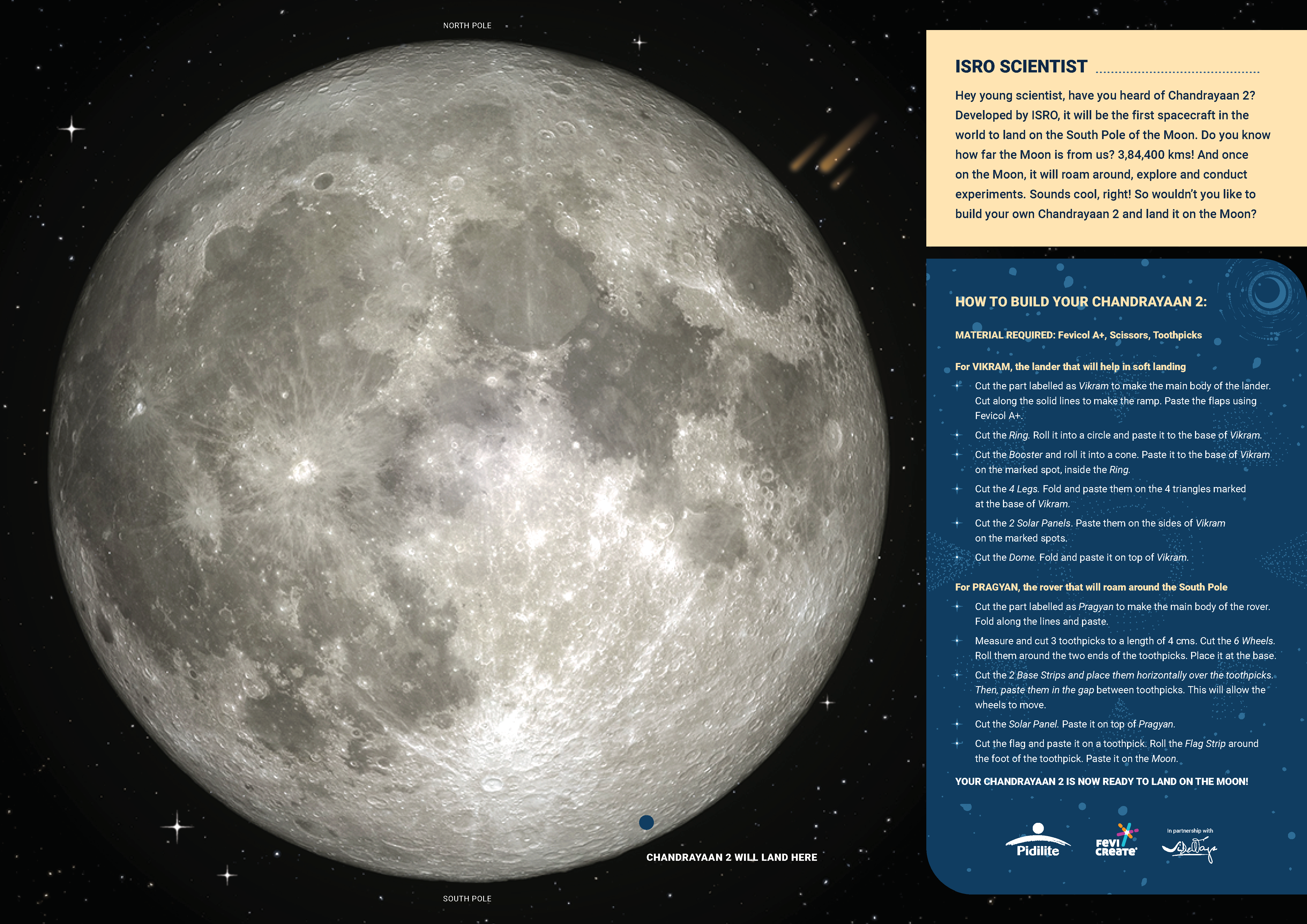
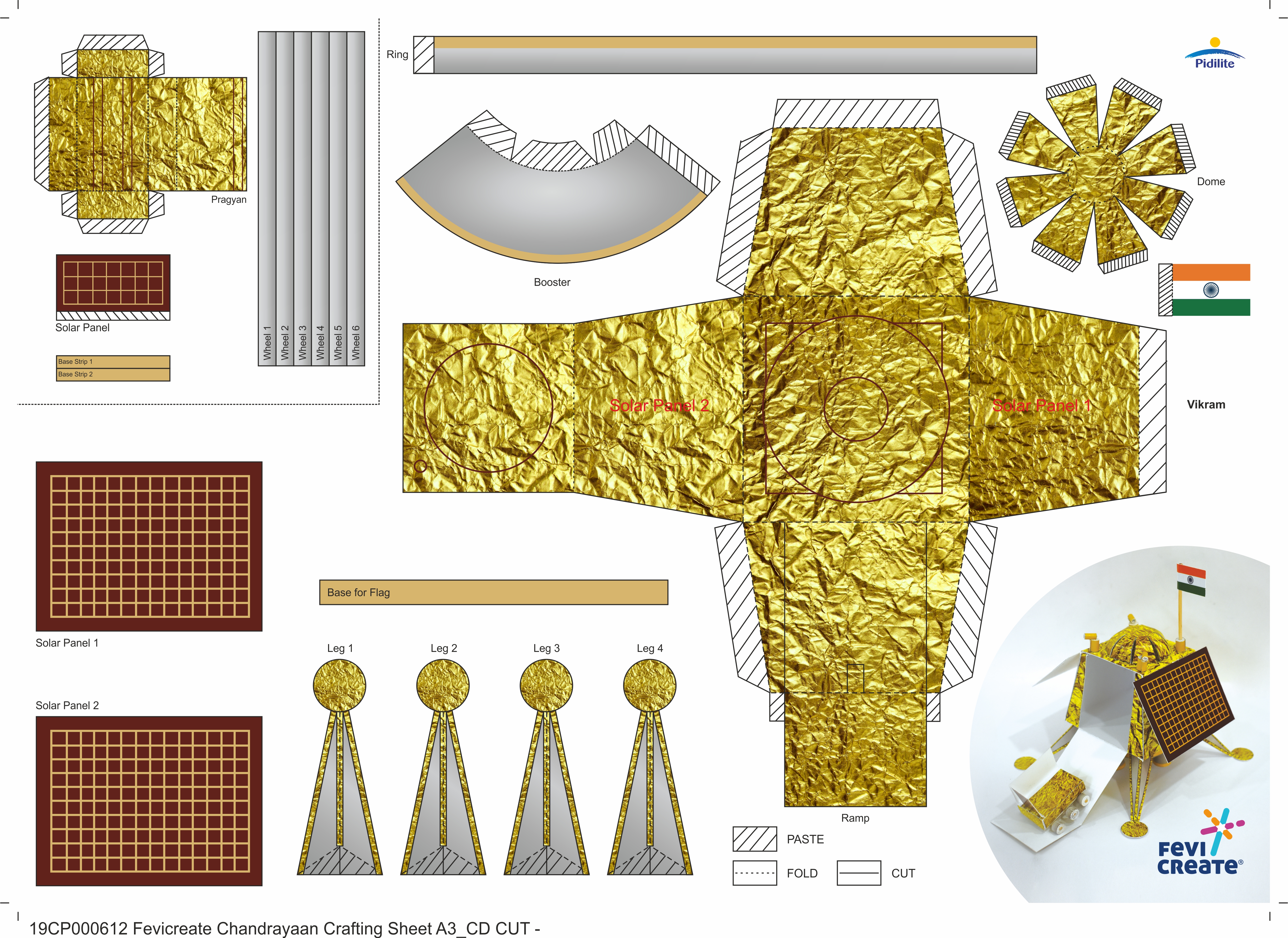
You can make your own Chandraayan 2 by clicking here - https://www.fevicreate.com/projects/chandrayaan/

What was the task?
Designing the Sideways logo - to be a story in itself and make sure it was differentiated from the many companies that invest millions in branding exercises.
The Sideways Approach
The ‘S’ is from Spanish surrealist painter Salvador Dali; ‘i’ from the Renaissance Man Leonardo da Vinci; ‘d’ from Abhijit’s younger uncle and Corcoise Films’ Prasoon Pandey; ‘e’ from Indian artist and the man behind Rock Garden in Chandigarh - Nek Chand; ‘w’ from Walt Disney; ‘a’ from Amar Chitra Katha’s creator Anant Pai; ‘y’ from his elder uncle and mentor - Ogilvy’s Piyush Pandey; 's' from Einstein; and finally a flourish from Spanish artist Pablo Picasso, to hold the logo together.
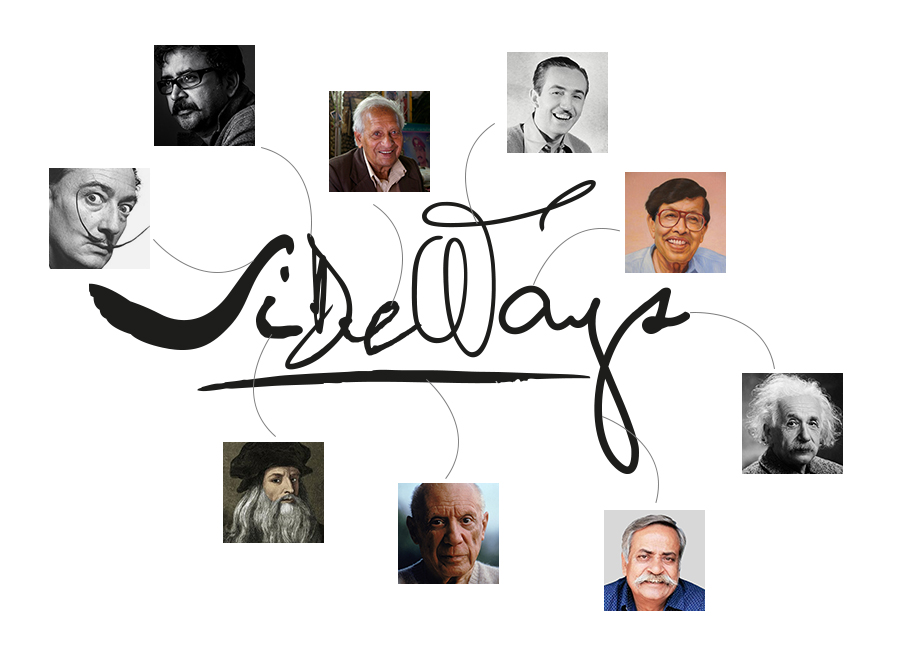
Borosil
Communication Design | Interactive Solutions | Product design | Strategy Consulting
How do we make every Indian kitchen fall in love with us?
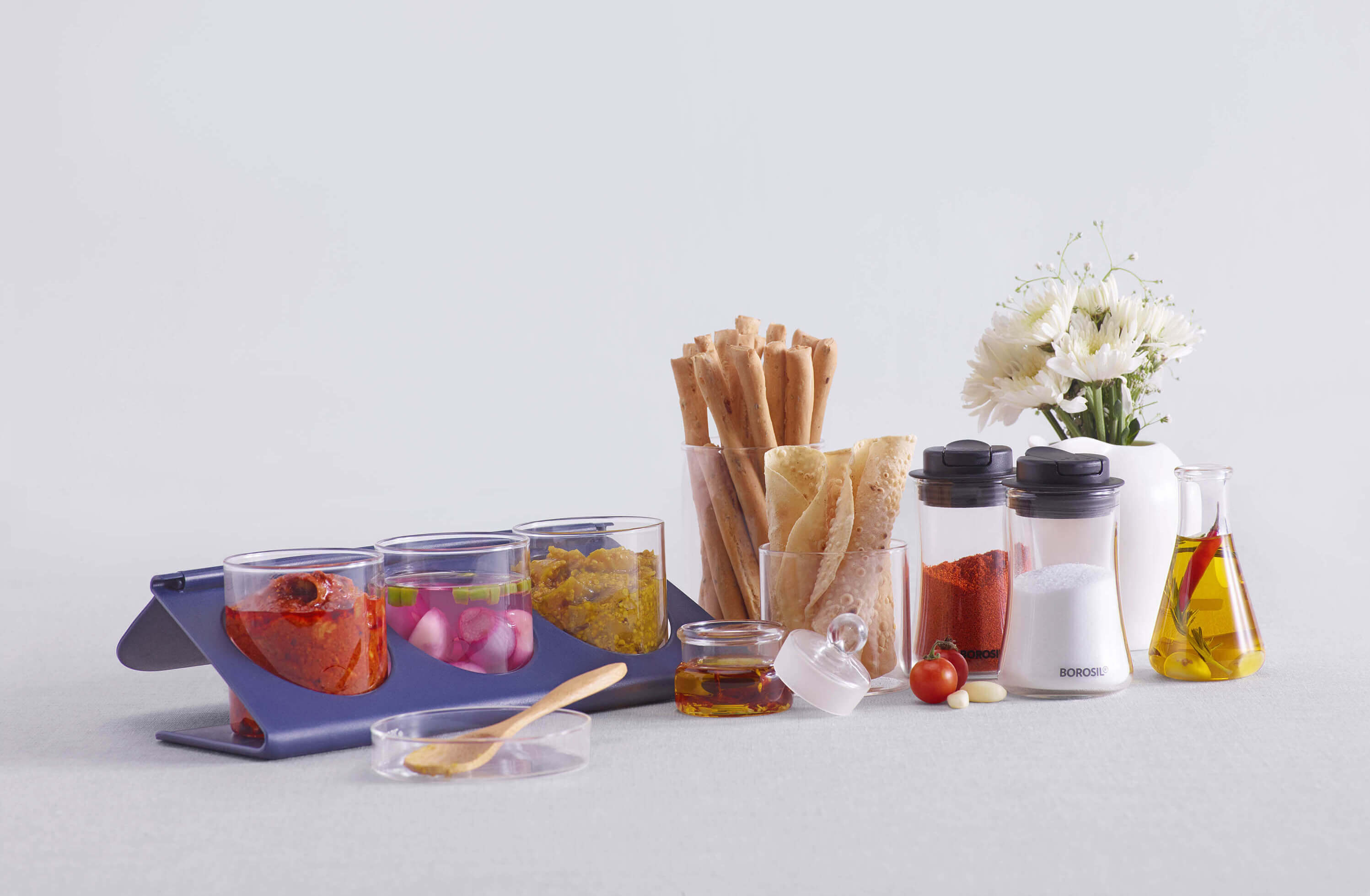
What was the objective?
The Sideways Approach
Our efforts to change the consumer perception of glass began on various fronts.
Making everyday meals special with Larah
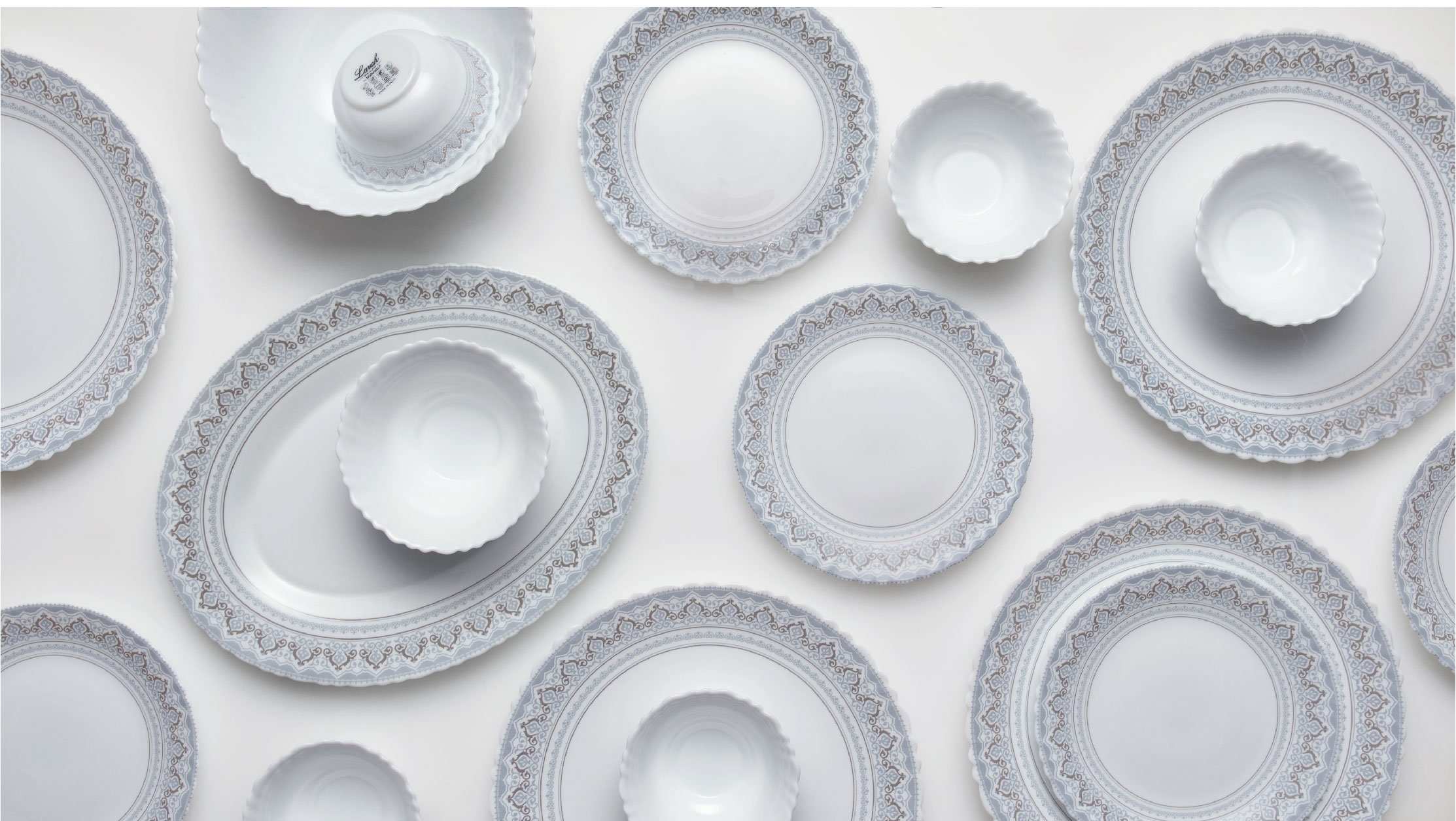
We also helped the brand test the new proposed designs with a simple app. On the app, people had to swipe right for the designs they liked and swipe left for those they disliked. From internal teams to distributers to consumers, the brand team was able to get feedback on the designs from various stakeholders so that the most favoured designs could go into the market.

We realised that in order to grow, Borosil would have to compete not only with other glassware brands but with another sector entirely - Plastic
So, we decided to pitch Borosil as a better, healthier alternative to plastic.
We started with the most important product - the ubiquitous lunch box. It’s something that every Indian can relate to and a major part of every office-goer’s life. Since most people carry their lunch to work in plastic containers, we explained how even high-grade plastics leak chemicals into your food and gave people an alternative: The Borosil Hot ‘n’ Fresh which keeps food fresh and chemical-free.
Taking the health and sports association even further, Borosil has now also partnered up with the Haryana Steelers, one of the frontrunners in the Pro Kabaddi league. A series of social media videos were created to announce this association that showed how Borosil plays a part in the training regime of Haryana Steelers.
Creating new product designs
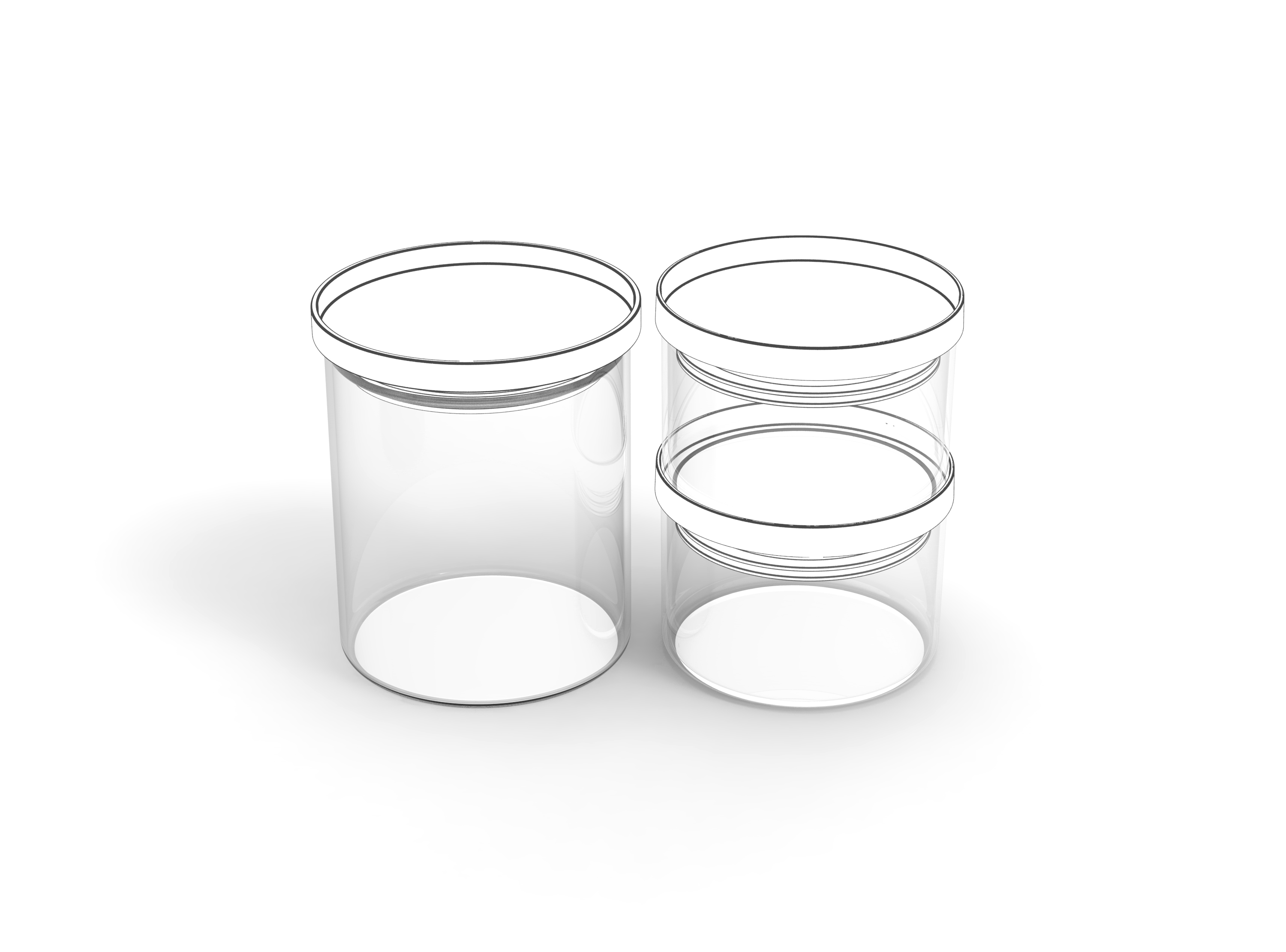
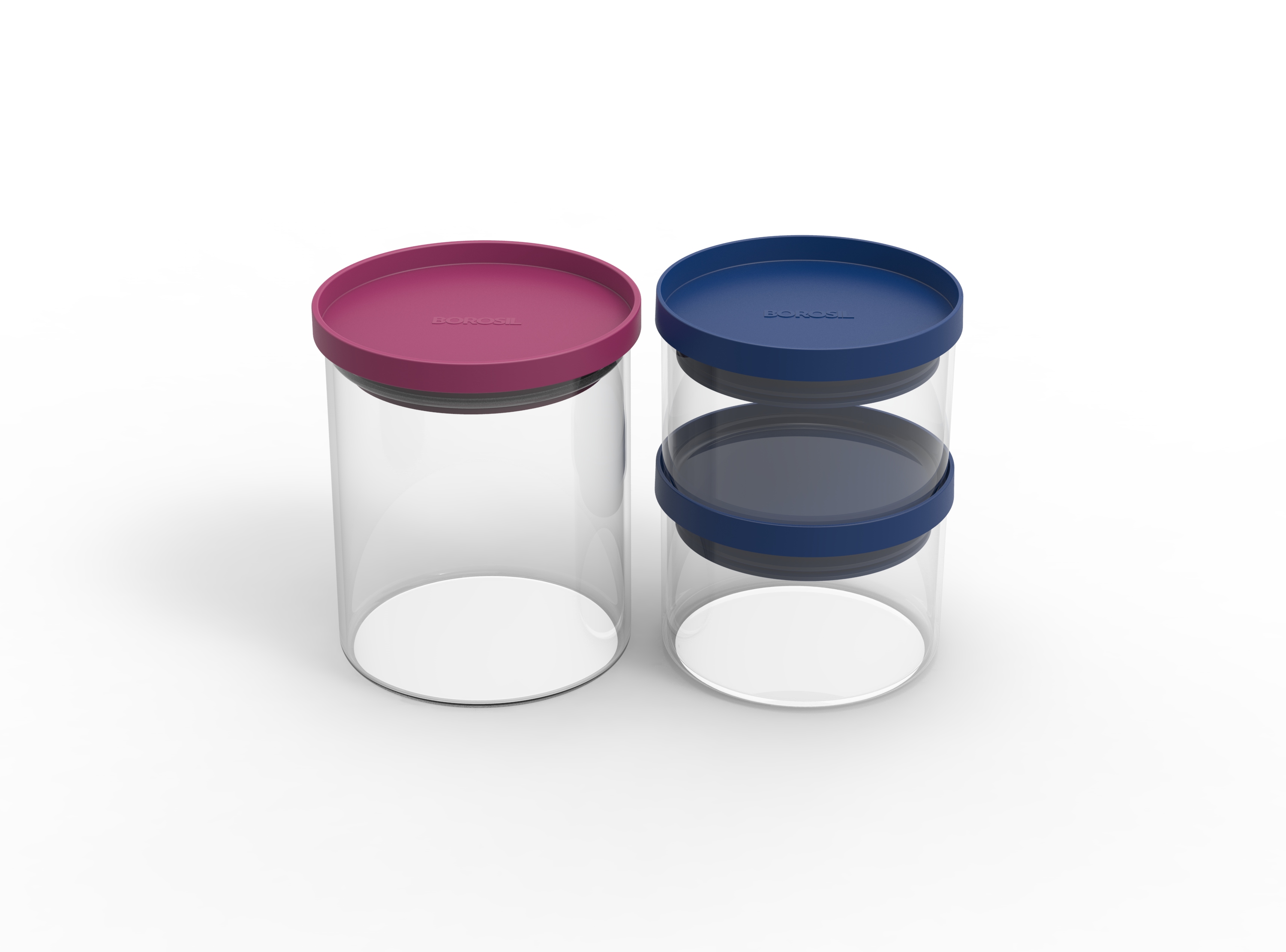
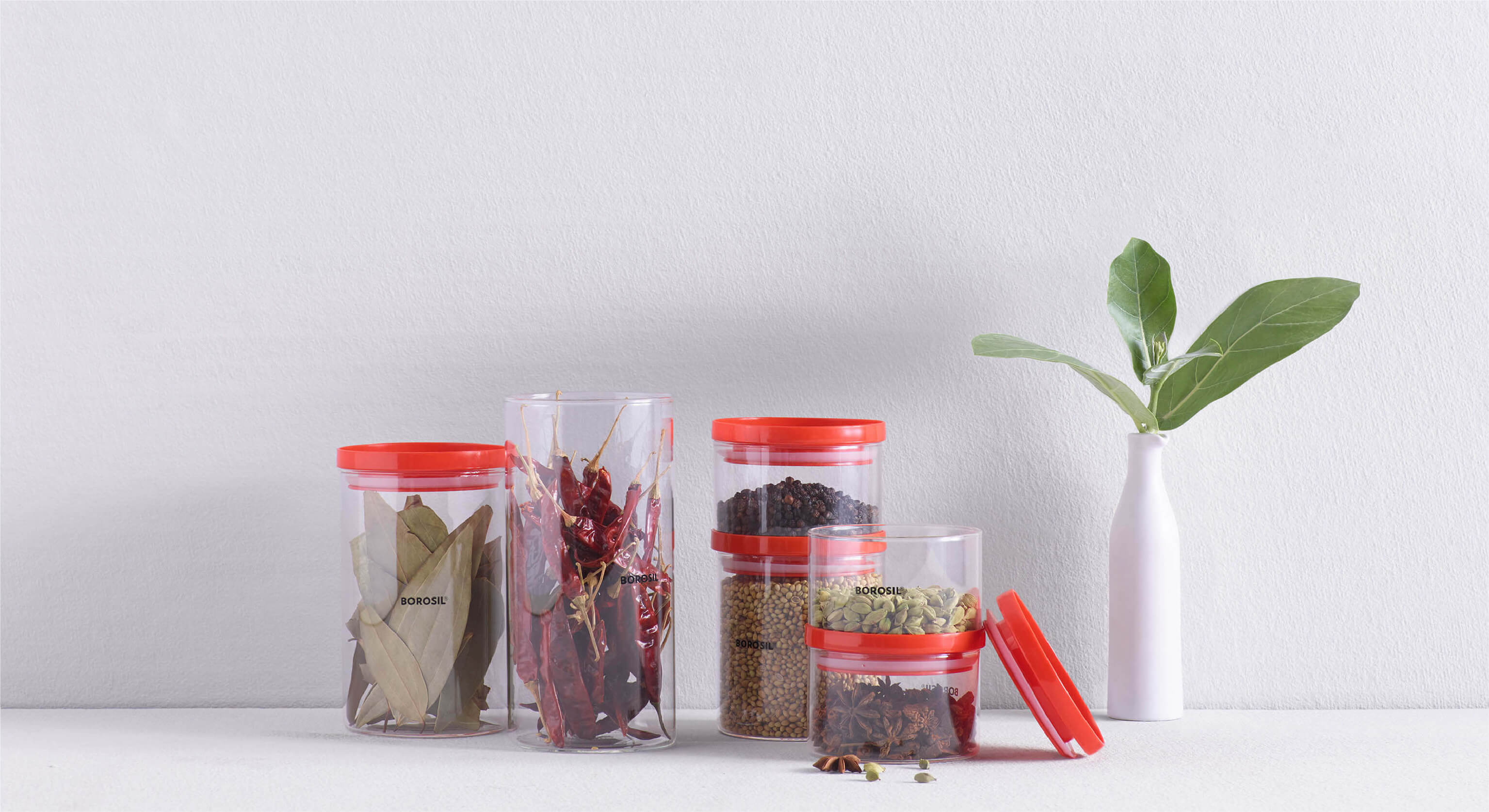
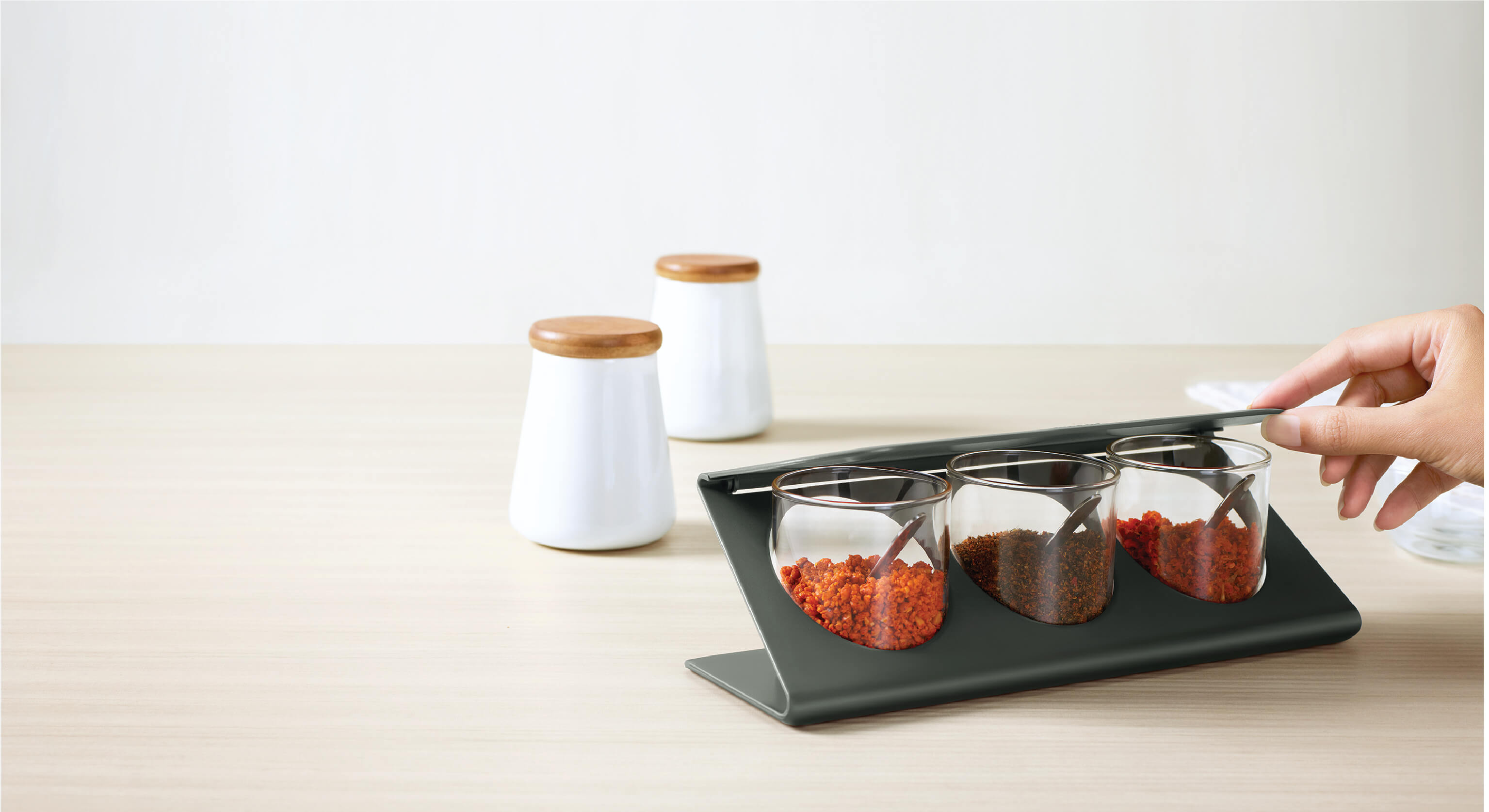

Making heroes out of the people who make the glass
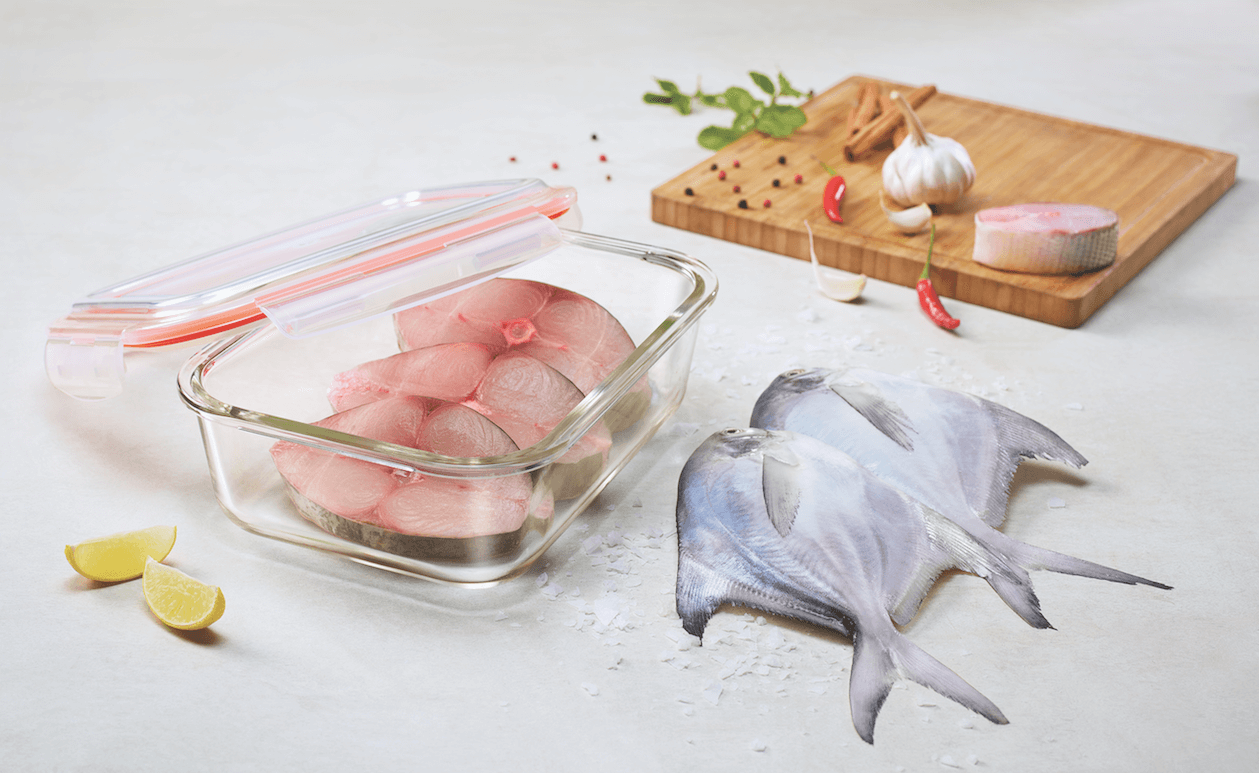
Adding function to form
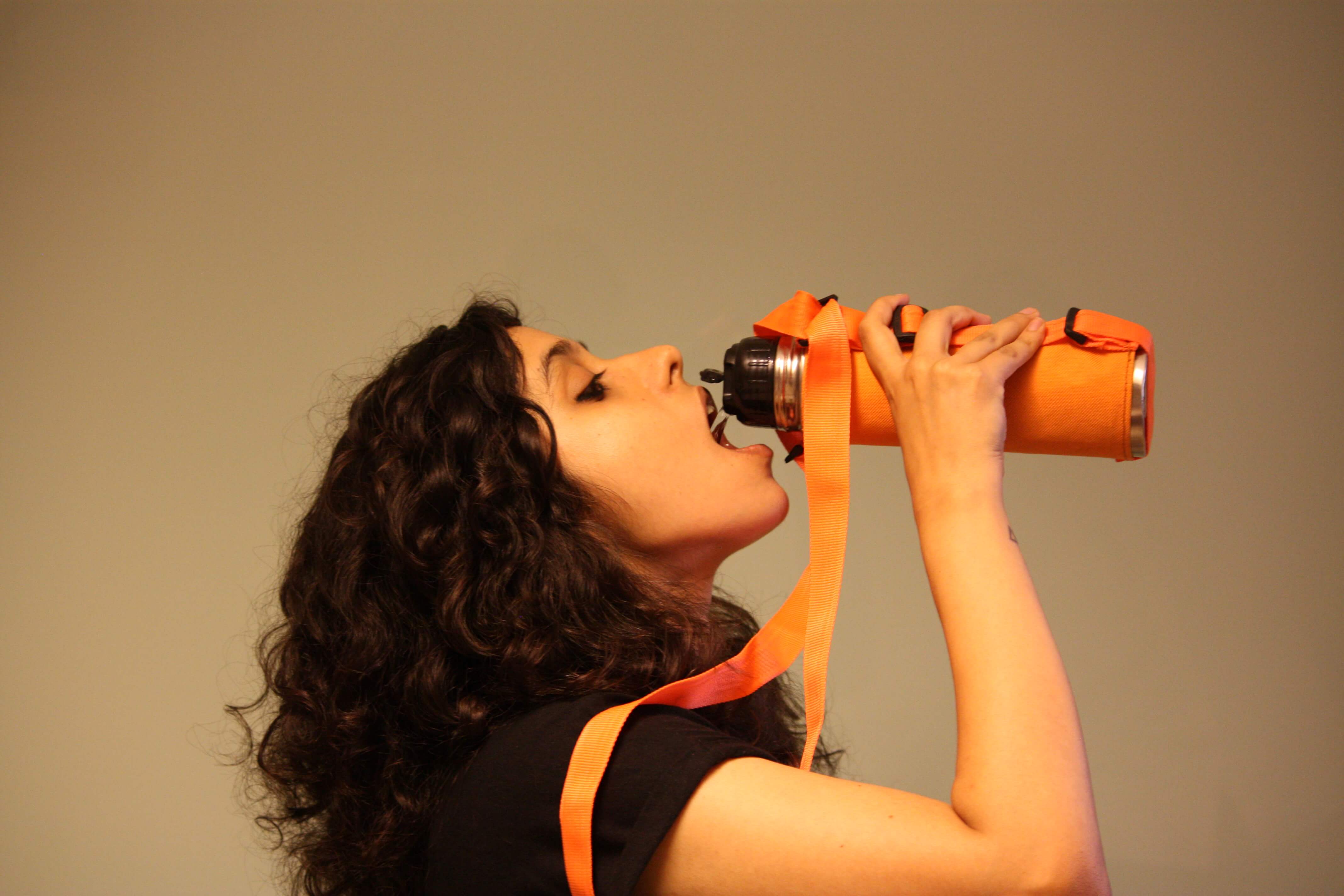


Driving usage through an online storefront
Where do we go from here?
What was the task?
The Sideways Approach
Revisit our childhood with the children of today
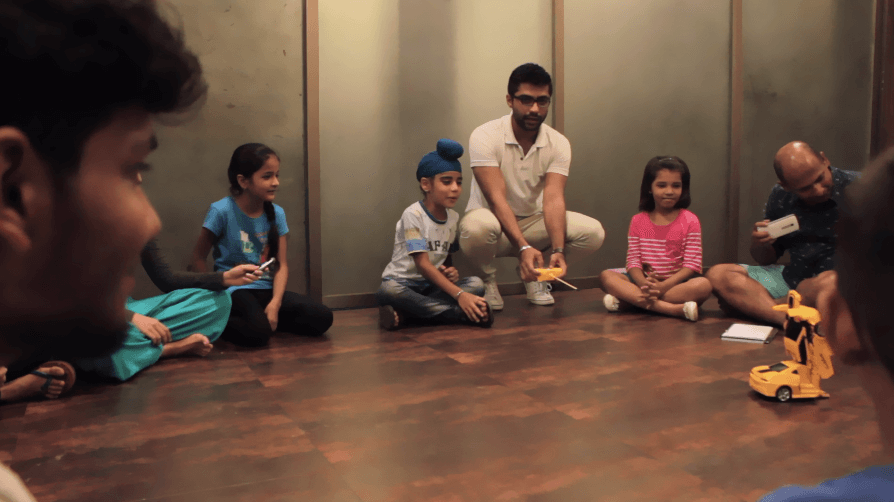
Get to know the moms, because they always know best
We learnt about their schedule and how much time the child plays outdoors vs indoors.
During our many months of research, our goal was to find the answer to a few very key questions:
What do kids do when they are made to play with household objects?
What do kids think of educational toys and games today, how are these designed for learning and fun?
How do kids respond when they are given free hand in making and building objects?
What do kids do when they are put together in groups and given a game to play?
Basically, by examining a day in the life of a mother and child, we got the kind of insights that no number of hours in the field could yield.
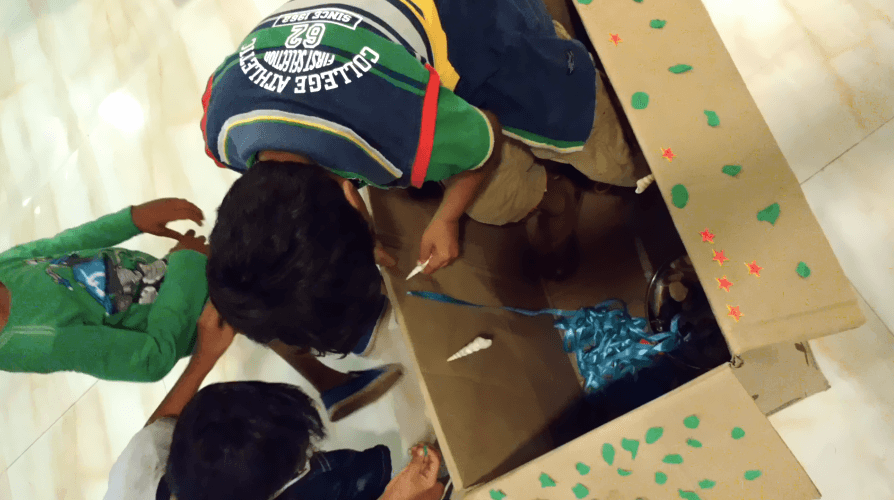
Draw on our insights - quite literally
We analysed our findings and asked ourselves some key questions about the design direction for the toy – should we build a toy that encourages social interaction, or should we aim to build a toy that encourages learning in a fun manner? Should we focus on developing the intellectual curiosity of the child, or should we develop a toy that encourages physical activity?
After many post-it notes and intense discussions, we finalized two design directions for the toy – Fostering Togetherness, and Driving Intellectual Curiosity.
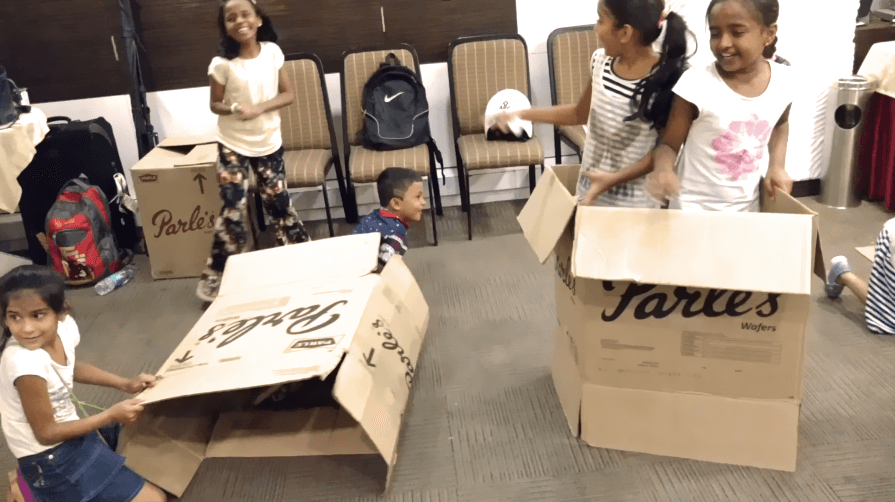
Bring a toy to life
What did we learn from this?
Fevicol
Communication Design | Strategy Consulting
How do we protect our market share against unscrupulous competition?
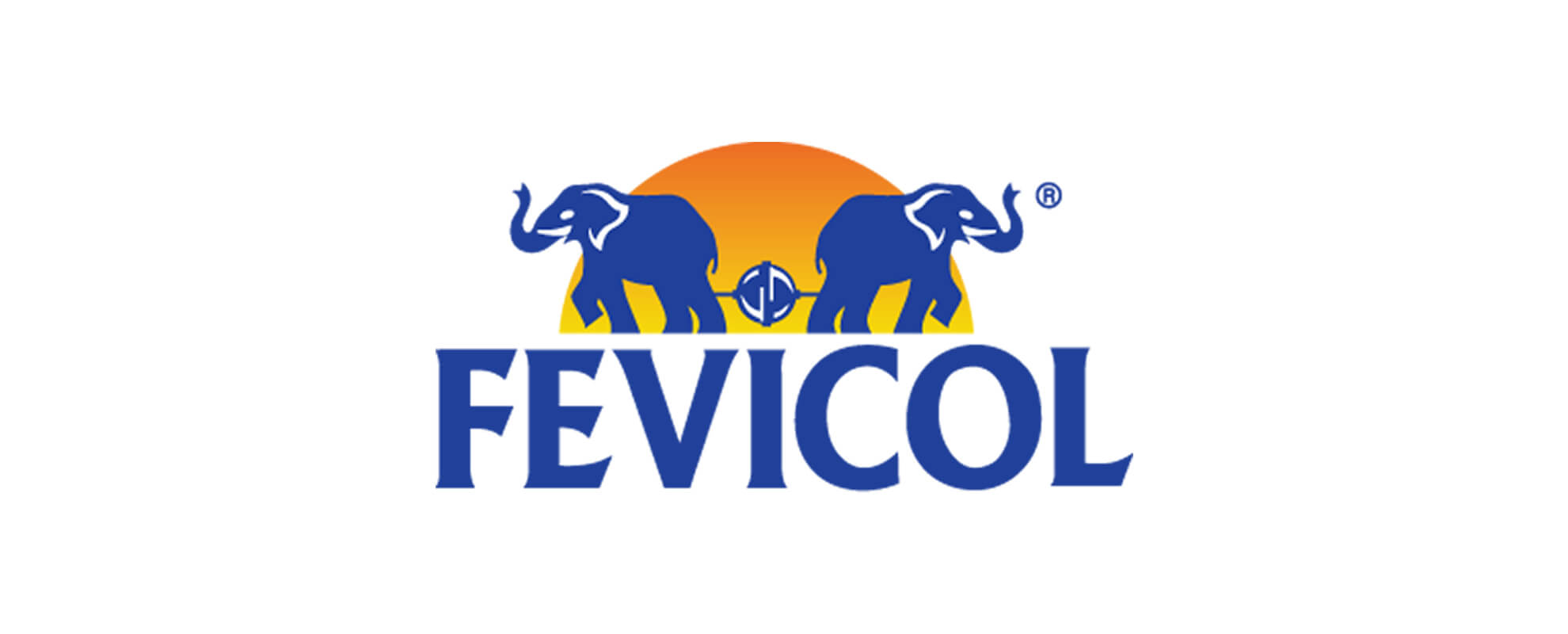
What was the challenge?
The Sideways Approach
Getting together with the people who matter
Understood how families view Fevicol
Shift the focus to family and furniture
Created a bond between contractors and Fevicol
Put reputation before rewards
Educated, entertained and added a bit of magic
We even ensured that Fevicol plays a part in the contractor’s time off. A special deck of cards that featured the entire range of Fevicol products was created and distributed to contractors.
The retail store also assumed more importance for Fevicol in terms of attracting new contractors. So, we decided to use these spaces as well in order to bring our point across to relevant concerned parties.
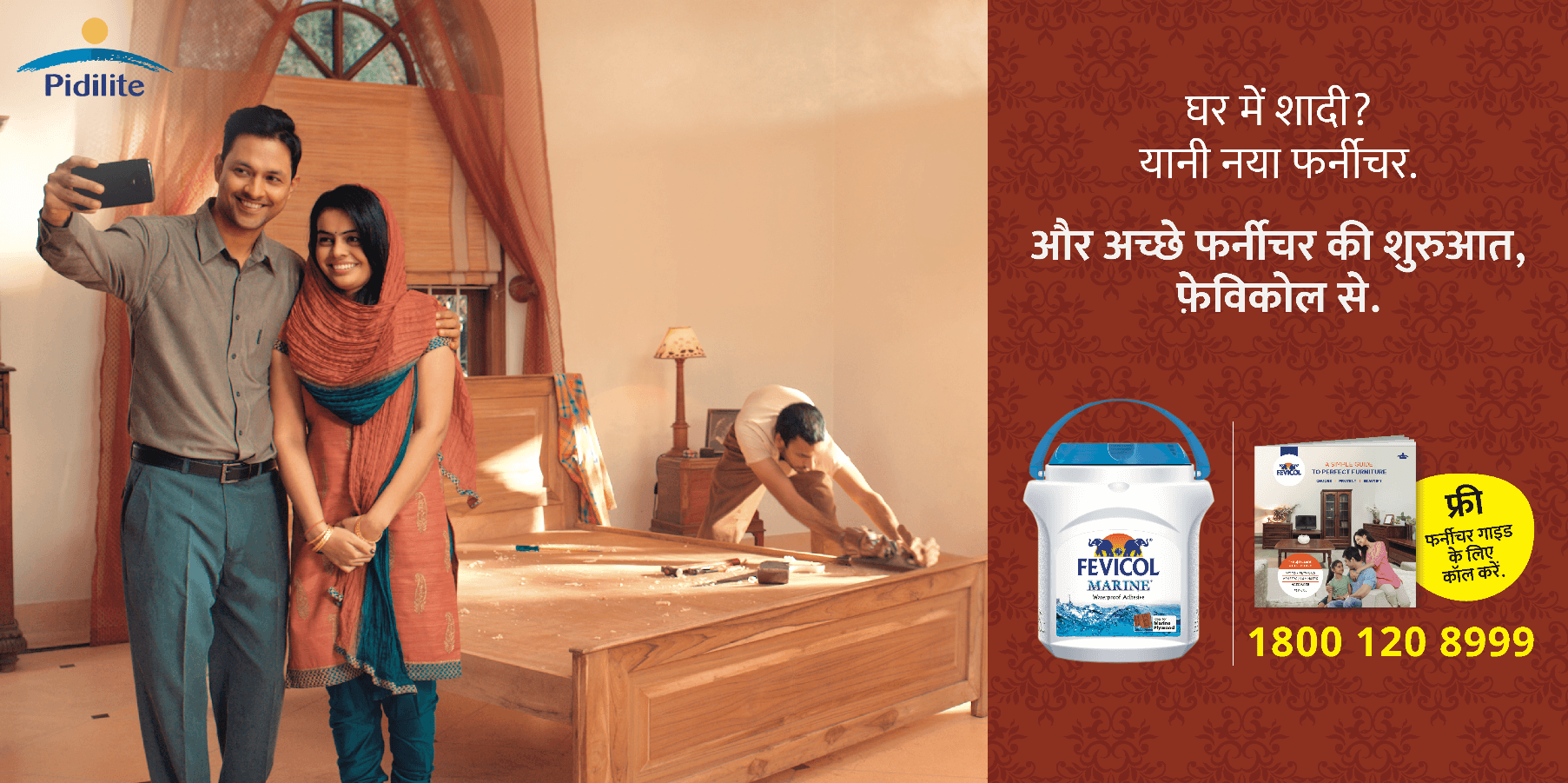
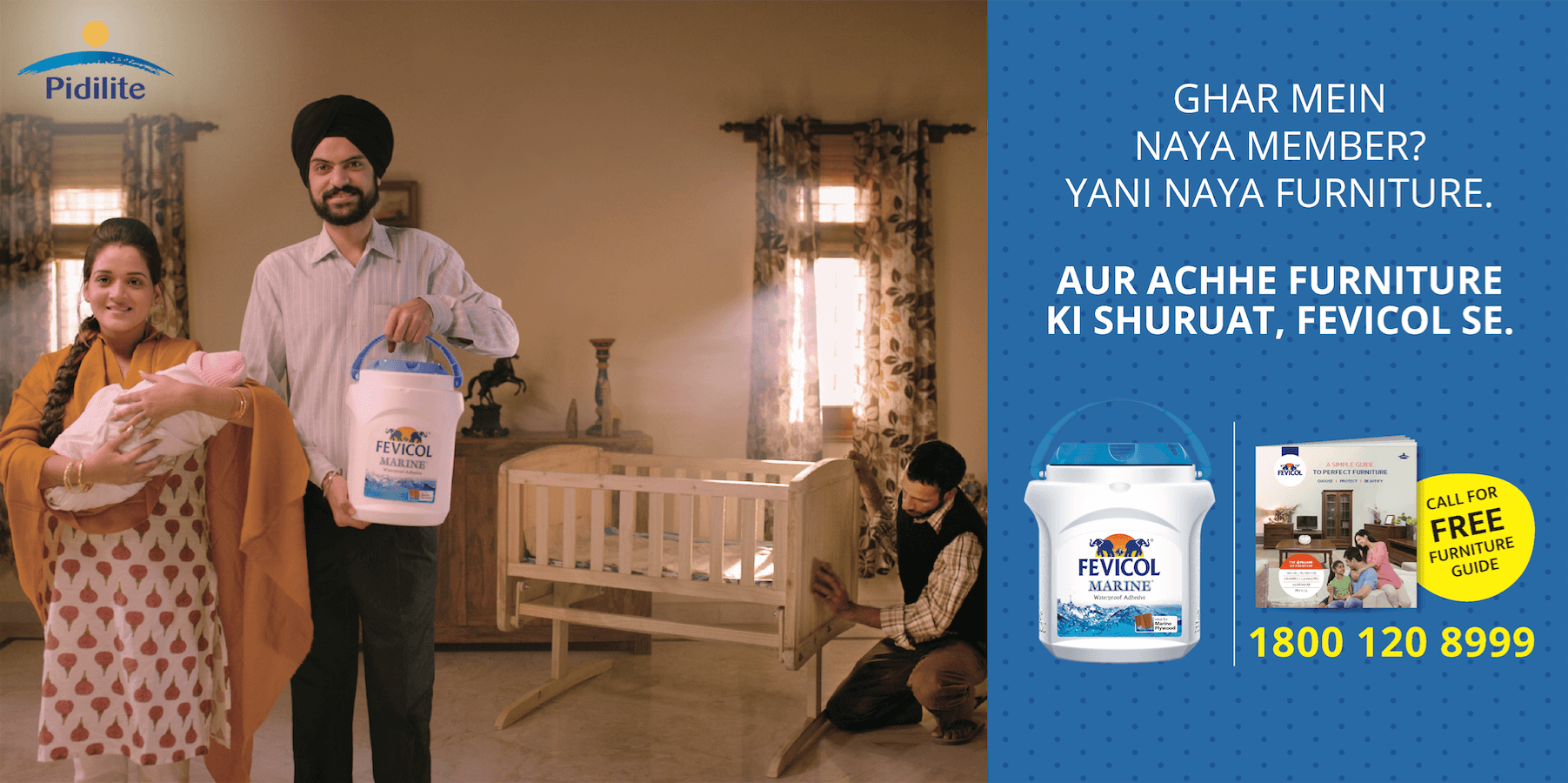
What did we learn from this?
Big Bazaar
Communication Design | Experience Design | Strategy Consulting
How do we reimagine the way India shops today?
Identify the gaps
Reflect the spirit of service
This was a promise of putting the customers at the centre of everything that we do. A promise that we’ll not just source the best products for our customers, but also make it easier for them to find those products. We’ll provide them with better lifestyle choices and also help them in making those choices. This philosophy then drove all our efforts. We began with inculcating the thought of Aap ke Liye to the faces of the brand, the sales staff.
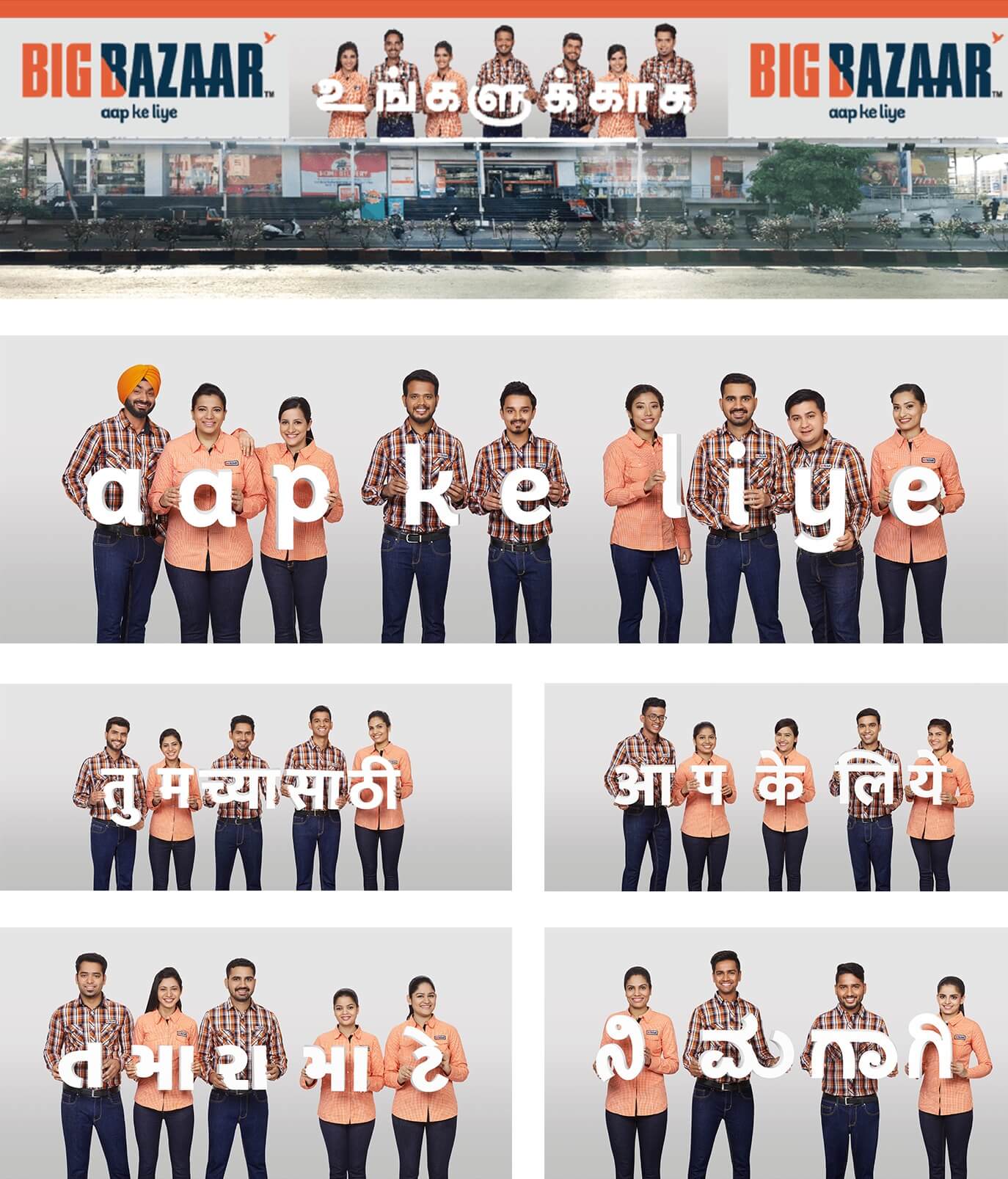
Refresh the design language
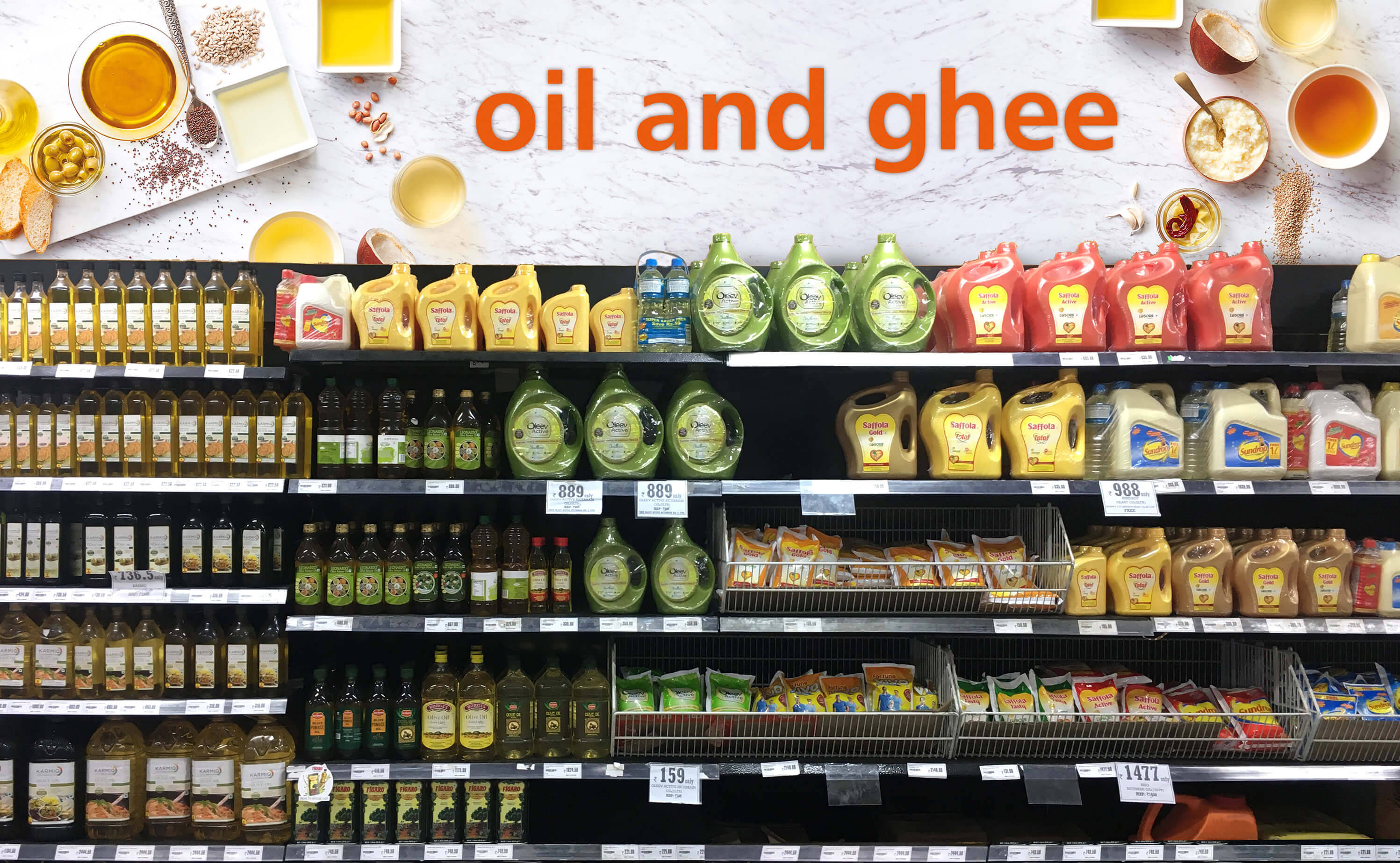
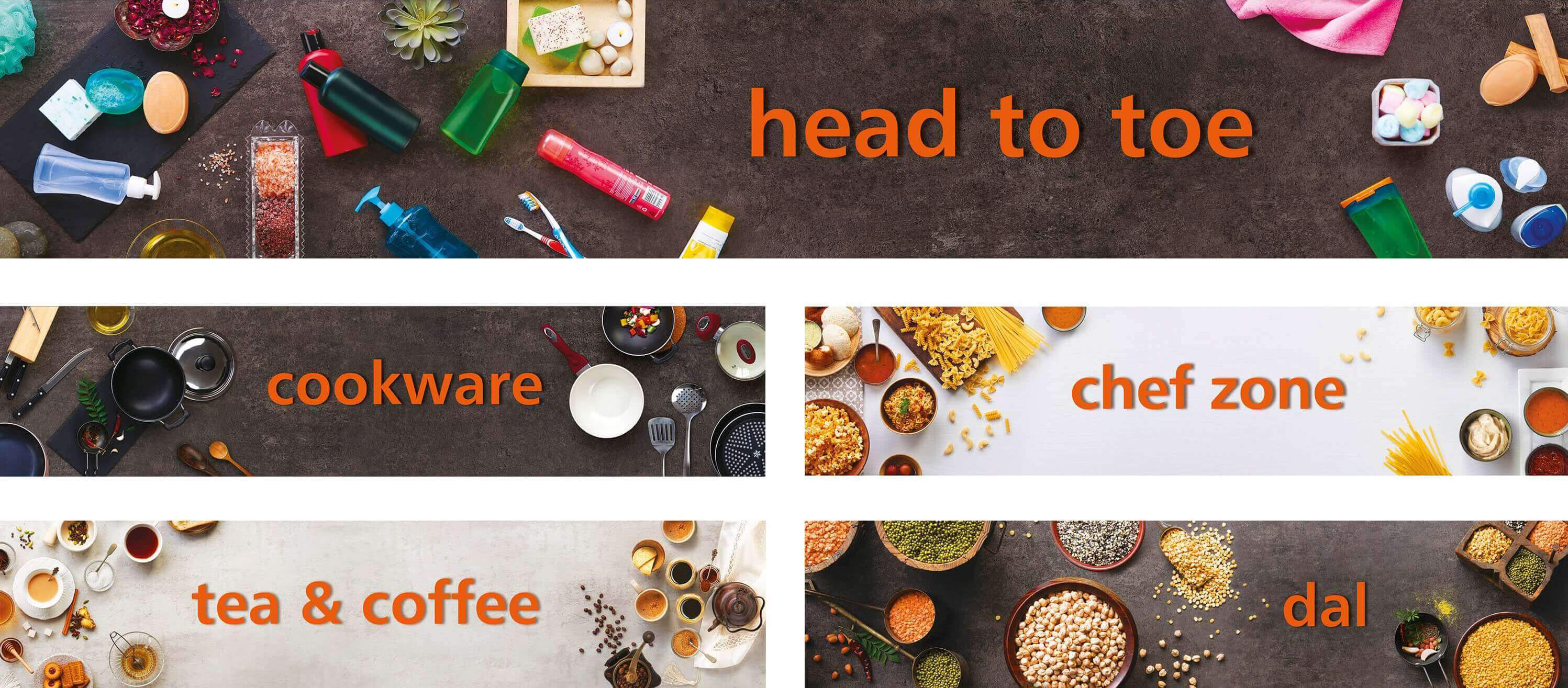
Manifesting ‘Aap ke liye’ in the experience
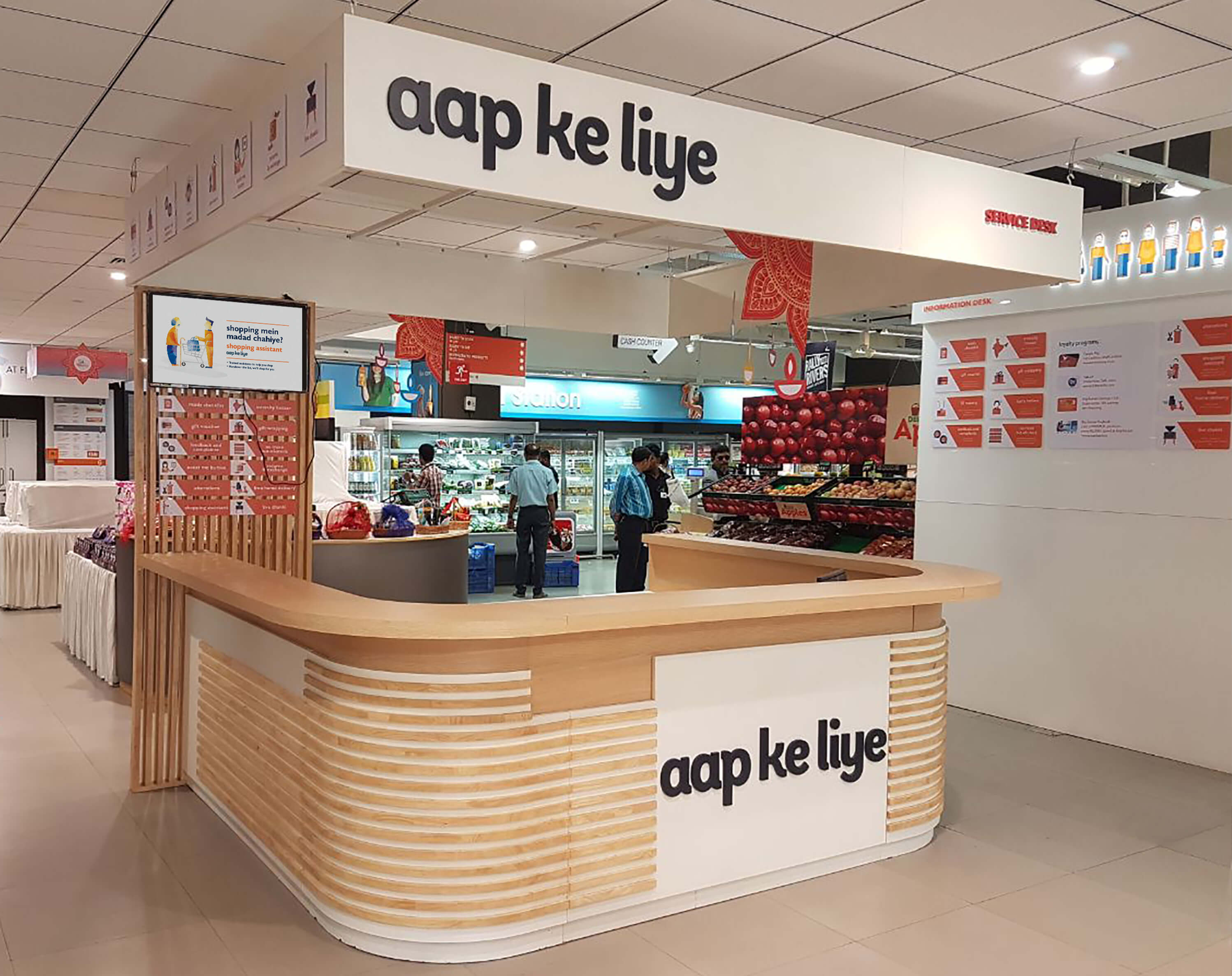
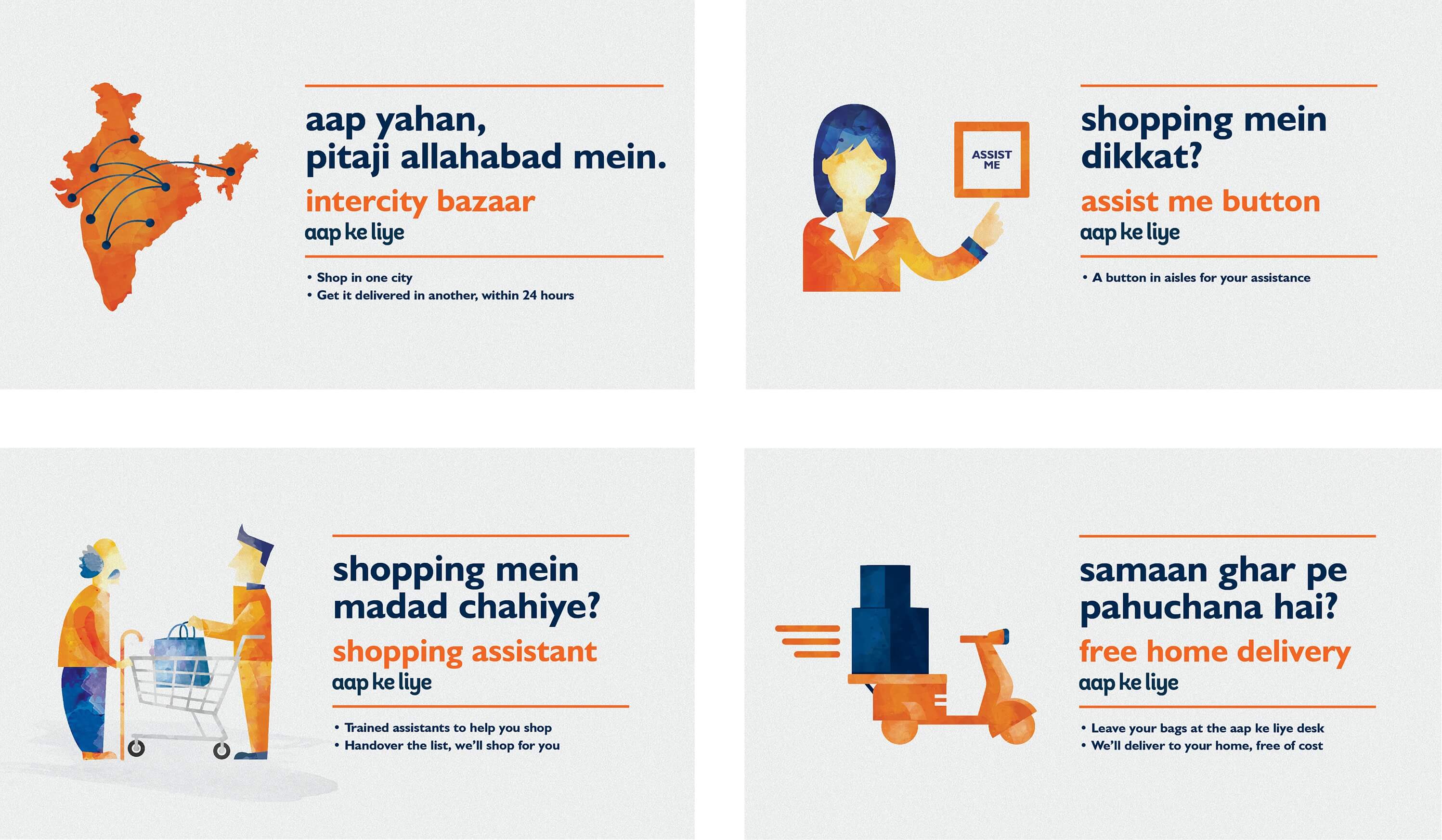
The problem
The decision of going to the theater to watch a film lies with the adults. Hence, the biggest objective for the marketing of Incredibles 2 was to shift the appeal of animated storytelling from just kids to adults. And convince these adults, especially families, to go to theaters to watch an animated superhero film.
The approach
This unique stance became the backbone of all our communication. To create a sense of familiarity, we changed both the format of the trailers as well as the content. We picked up instances from the film that were similar to situations that most Indian parents face on a daily basis. We created trailers with mixed narration of real-action scenes and animated sequences, to make the plot more relatable to adults.
Since Kajol had dubbed the female lead character for Incredibles 2, we decided to use her for promotions in a way that solved the issue of comprehension for Indian audiences. We used Kajol’s credibility by turning her into a trailer narrator, getting people to relate better in the film’s plot. These trailer narrations as well as all the PR around the film was led by our positioning statement of - Ek aisi family jo aapke jaisi hai bhi, aur nahi bhi.
Imagica
Interactive Solutions | Product design | Communication Design | Creative Technology Solutions | Strategy Consulting | Branding | Experience Design | Advertising
How do we get two cities to adopt an amusement park?
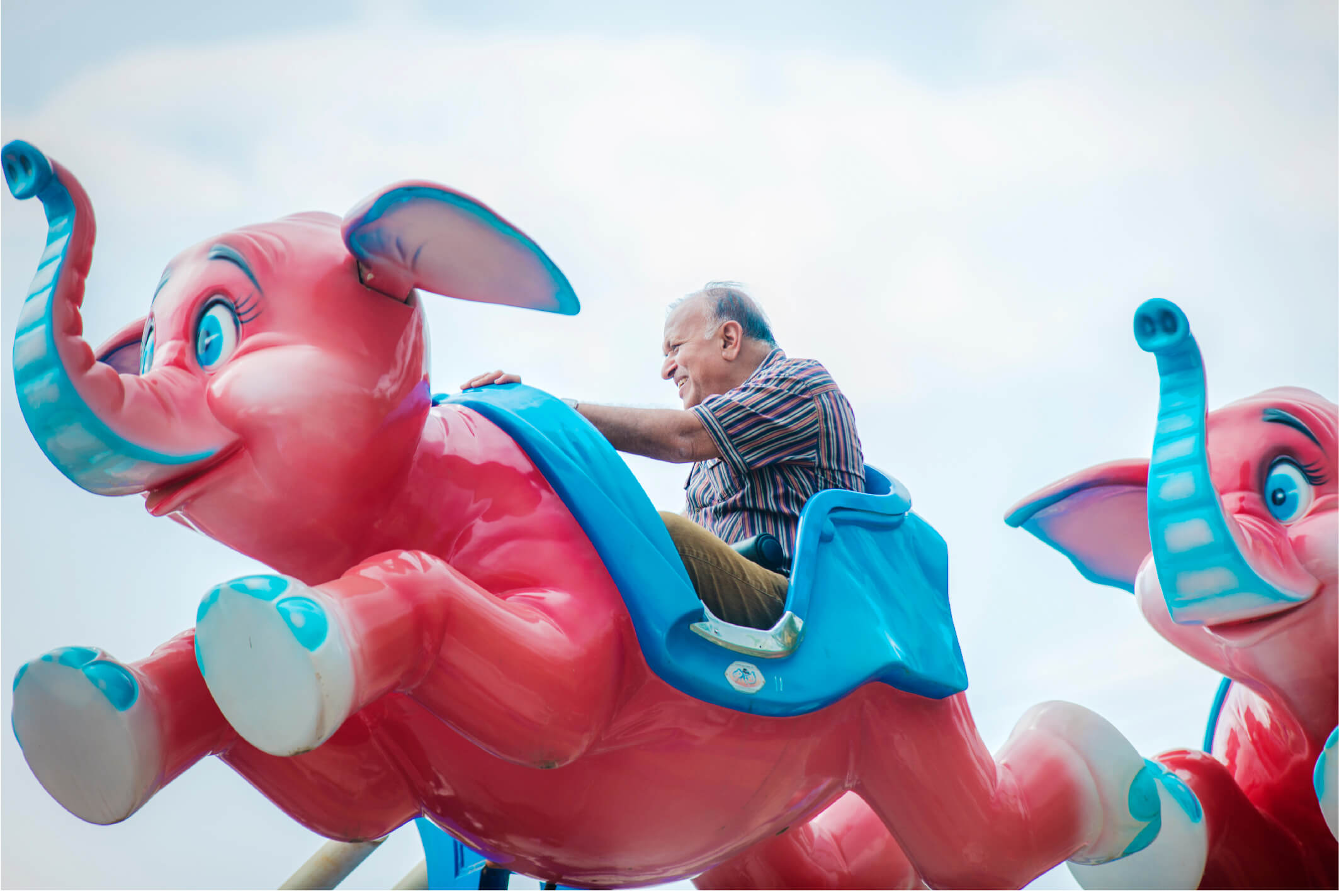
What was the challenge?
The Sideways Approach
A tale of two cities
Go along for the ride
Find that big ticket idea
Take ethnography online
Use imagination as fuel
In doing so, we arrived at a new positioning: ‘Imagica Badi Interesting Jagah Hai’
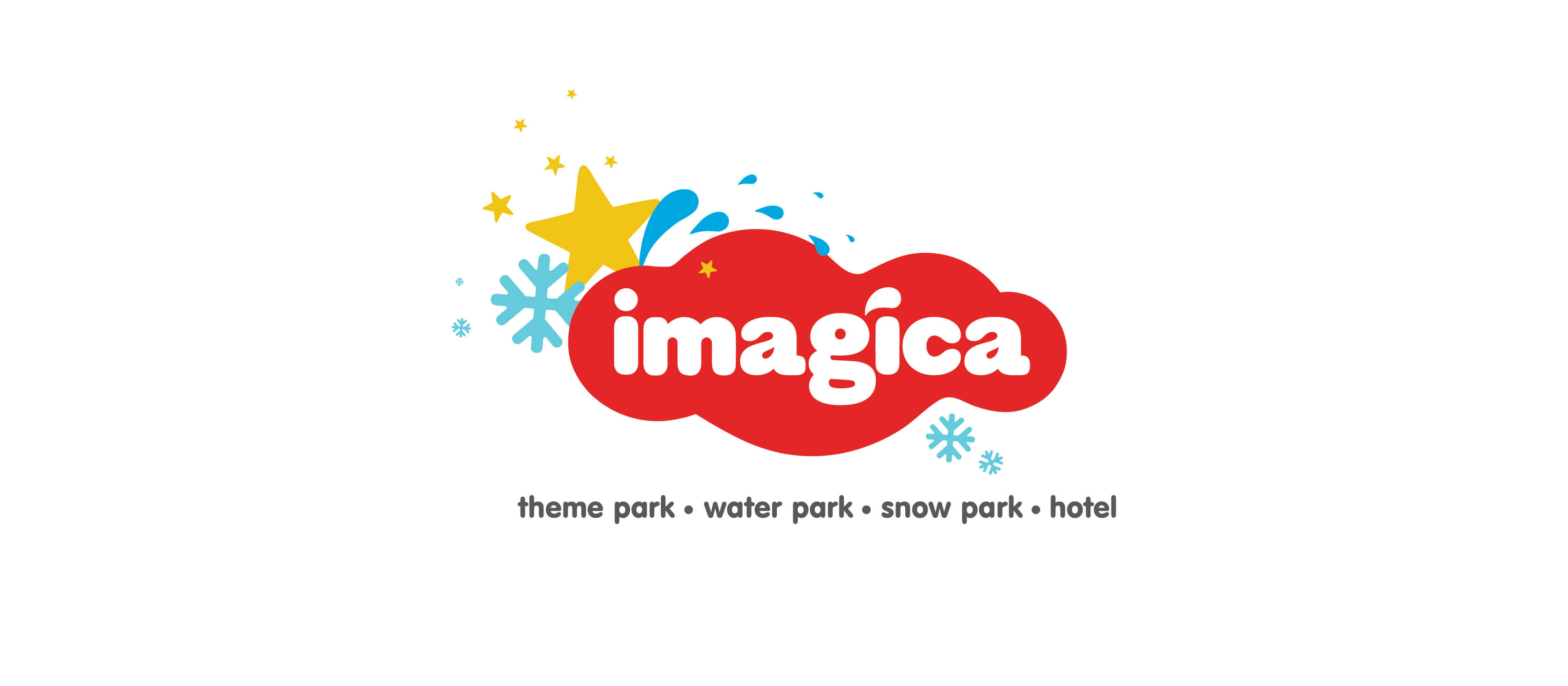
Make everything interesting
Give life to the lull


Give the park some more character(s)
What did we learn?
Suhana
Strategy Consulting | Advertising
How do we help a local spice brand from Pune make it to kitchen shelves in India?
The ambition of Suhana, a local spices brand from Pune, was to become a big player in the regions of Mumbai, Maharashtra, MP and Gujarat. However, the spices category came with some unique characteristics that made it challenging for a brand like Suhana to win the race against the competition. From big national brands dominating the media with high visibility to regional players exercising a stronghold when it came to on-ground retailers, the task for us was to declutter the shelf and make space for Suhana.
Uncovering insights
The problem
The approach
Implementation
Zeel
Strategy Consulting | Advertising | Packaging Design
How do we build a rainwear brand in an unorganised category and thereby drive business growth and brand awareness?
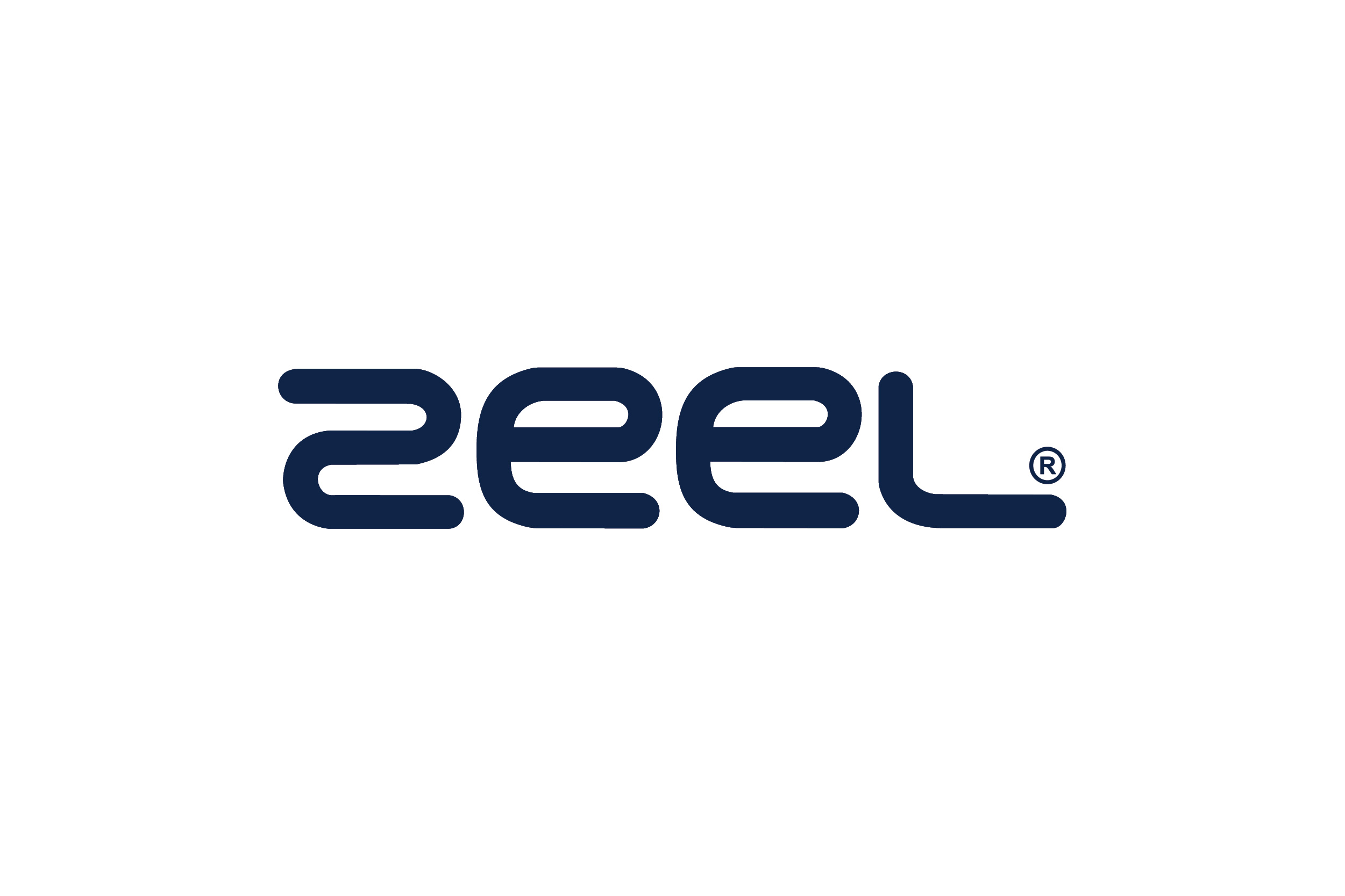
What was the challenge?
The Sideways Approach
What did we do?
Brand positioning
Communication
Packaging design
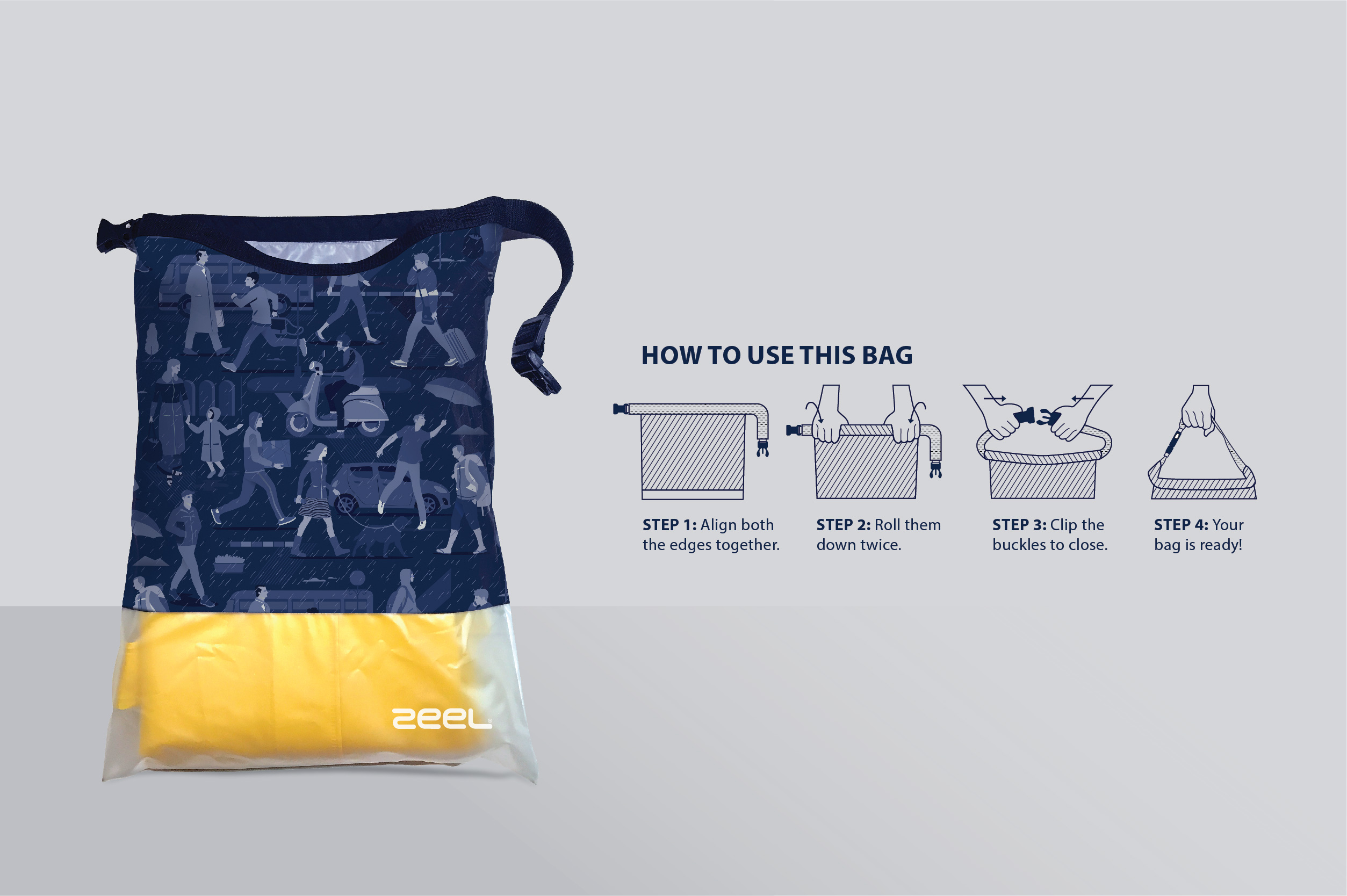
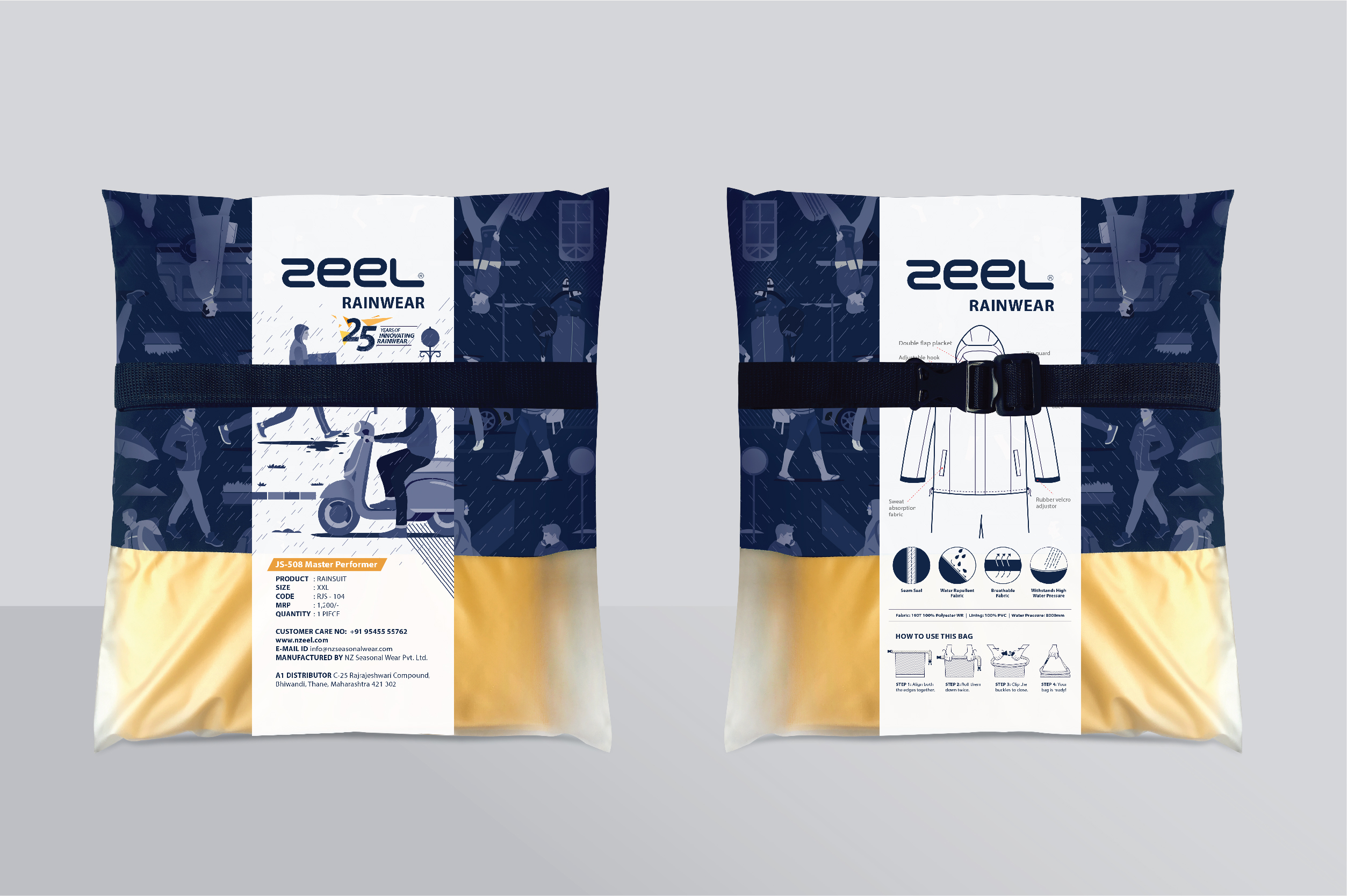
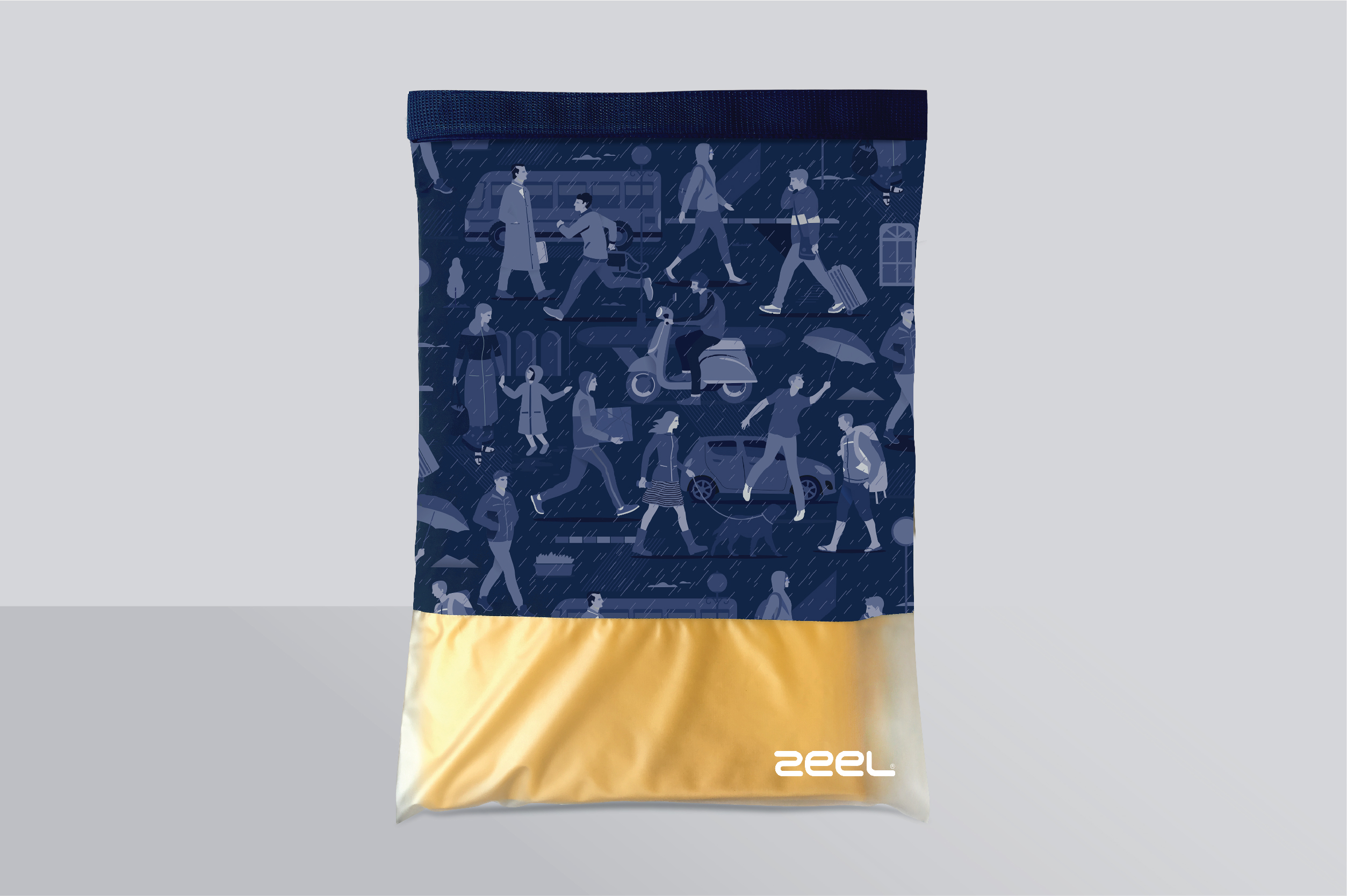
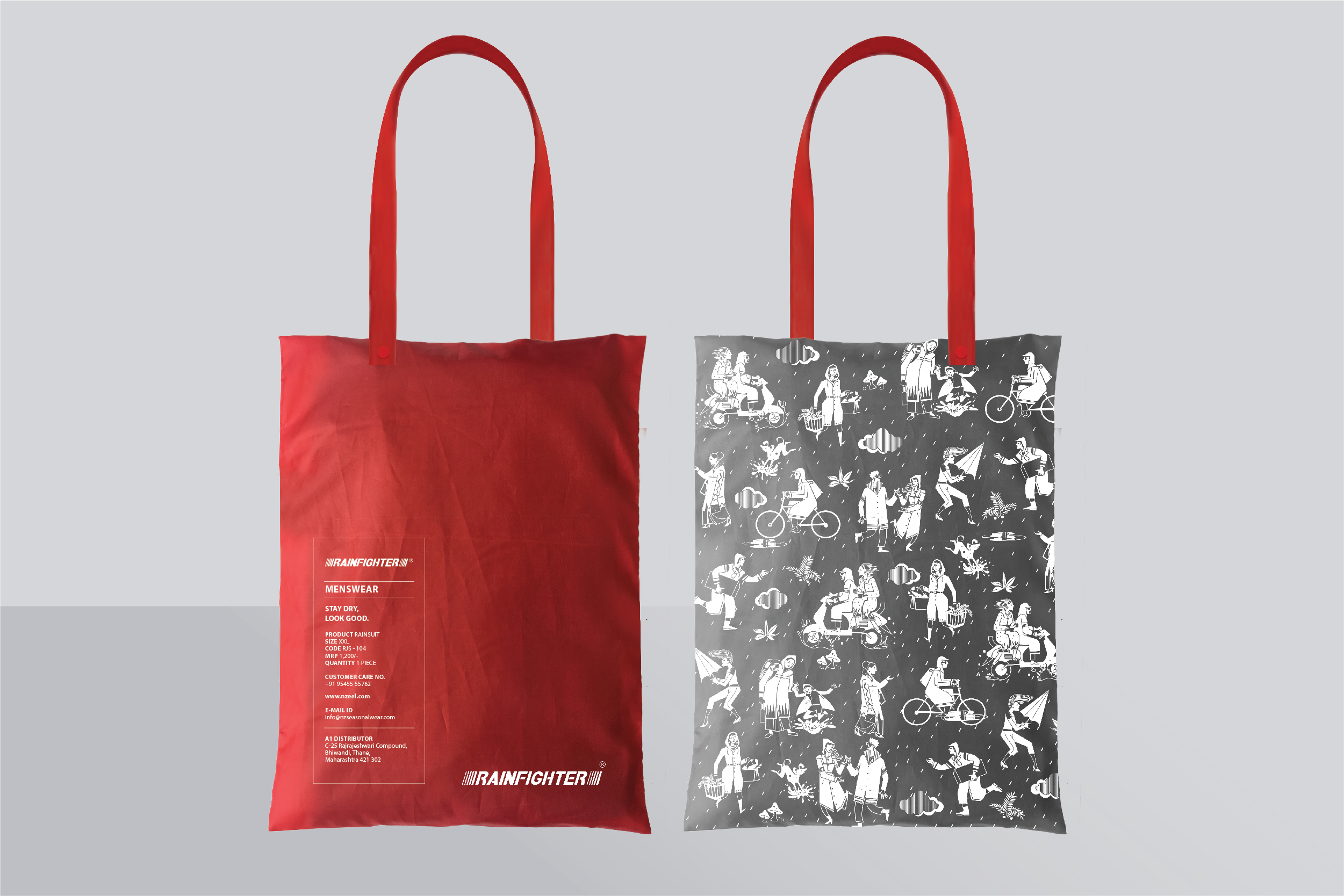
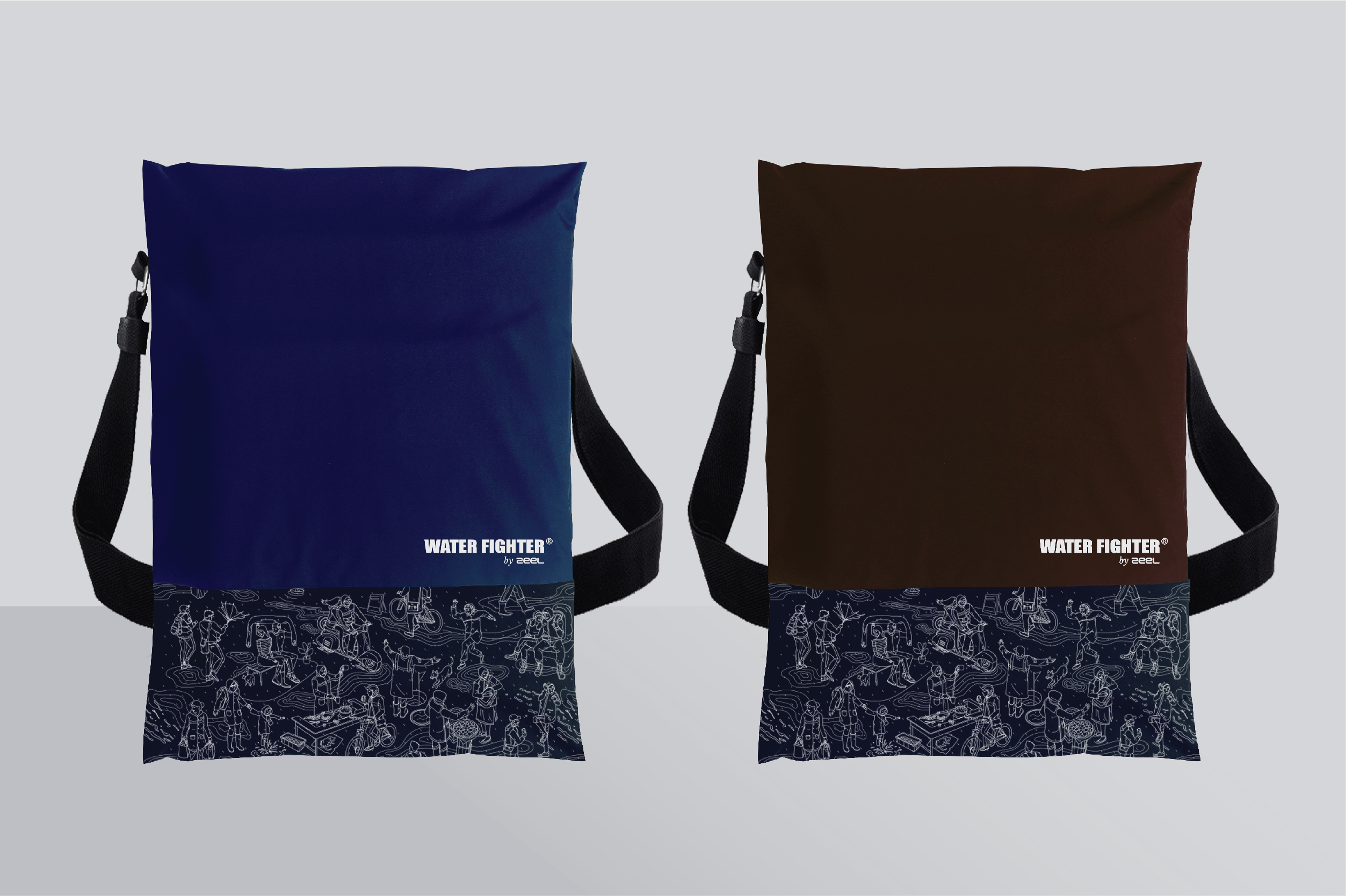
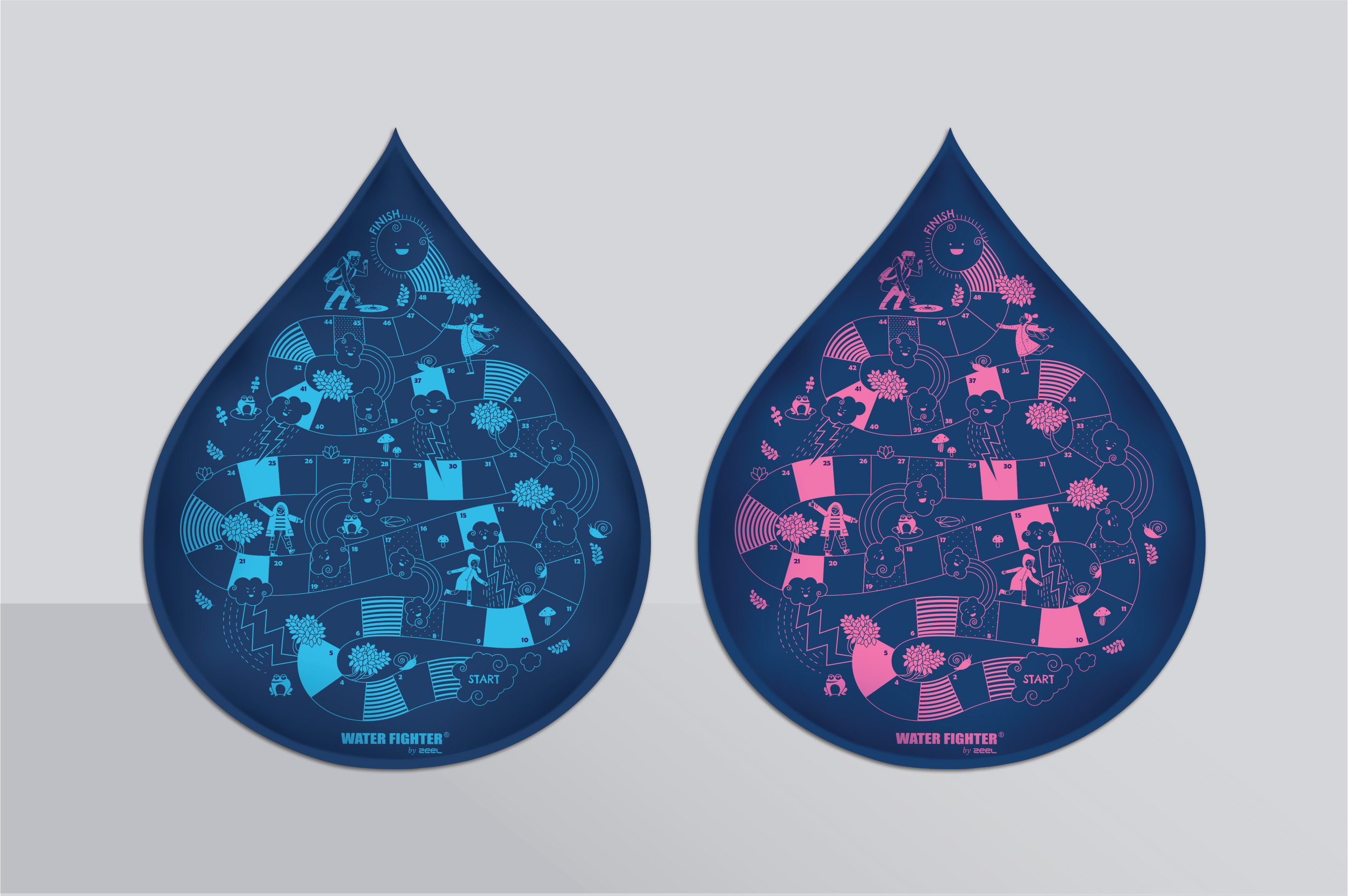
Trade
Kia Motors
Advertising
How do you get India to love an auto brand without showing the car to be launched?
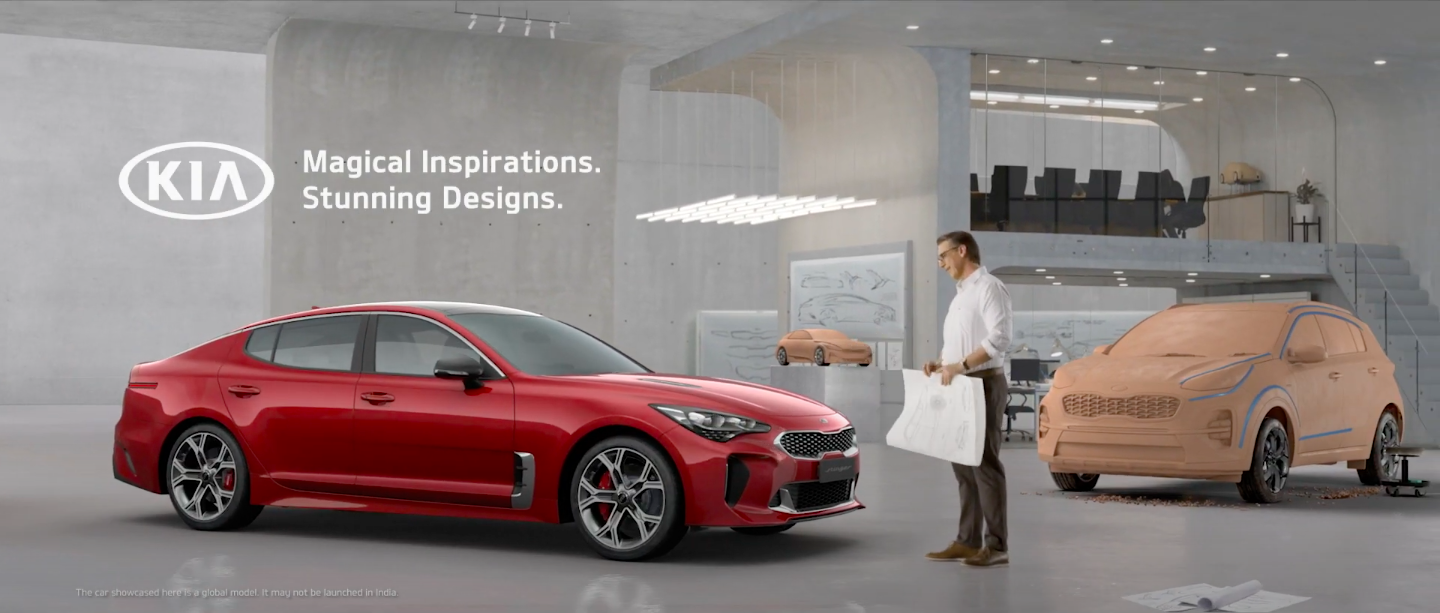
The challenge:
Marketplace, a battleground of giants:
KIA? That jewelry brand?
The only thing we and a handful consumers knew was, KIA is launching an SUV in Rs. 10-15 lacs price bracket, no other details were available. In automotive category, historically the product brands have helped build reputation for the masterbrand. But we had to build a reputation for the masterbrand to create a perfect launchpad for its product brand launch 6 months down the timeline!
The Sideways Approach:
The Campaign:
Teasers:
While the campaign surpassed all the effectiveness matrix such as awareness, brand search volumes, website visits, it also reached the fastest ever 100 Mn views on YouTube and became no 4 most watched ad in the APAC region.
Challenge:
The Sideways approach:
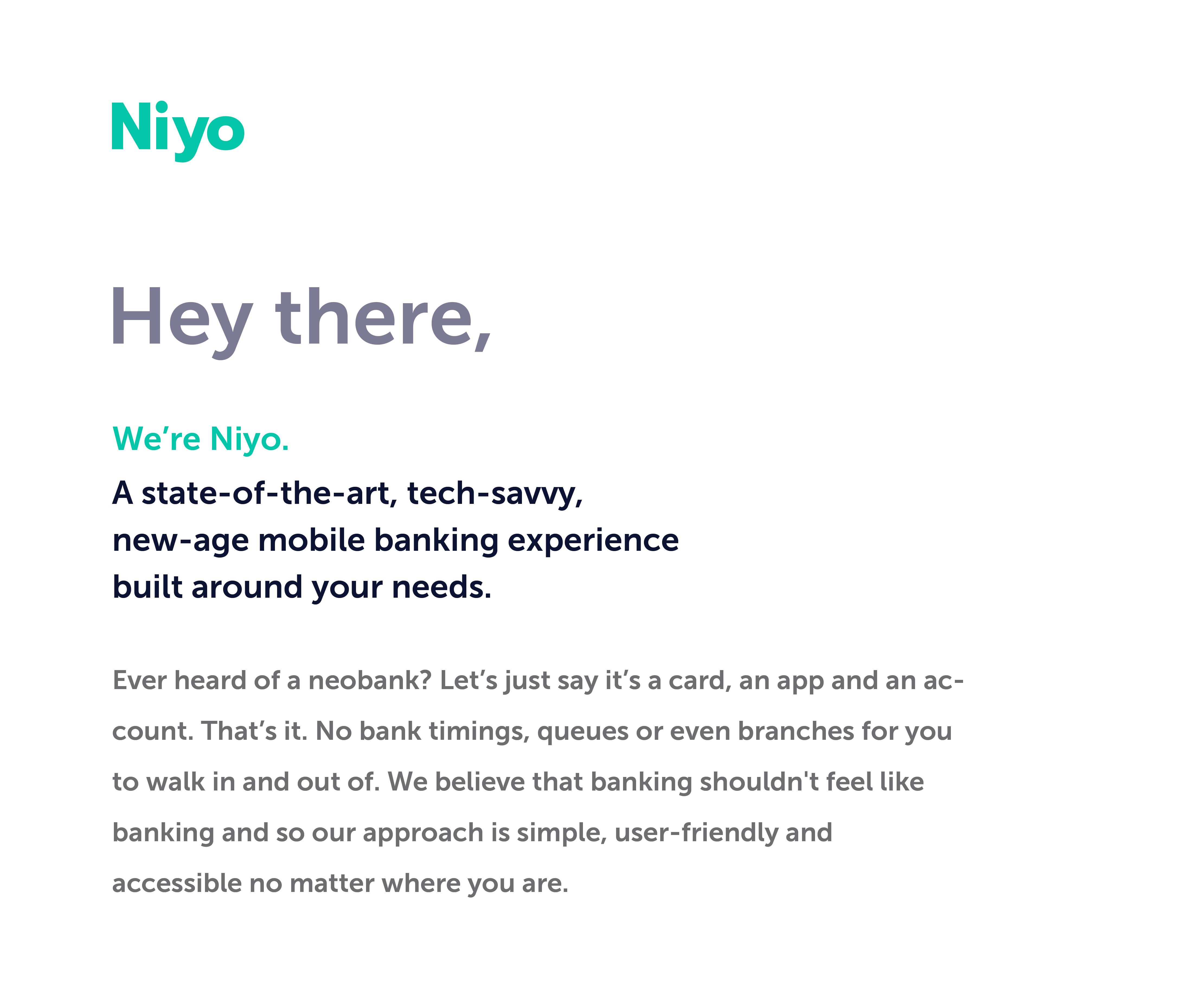
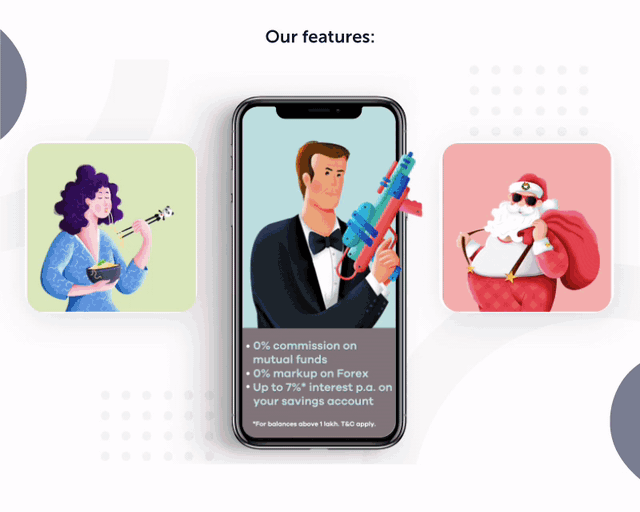
The campaign:
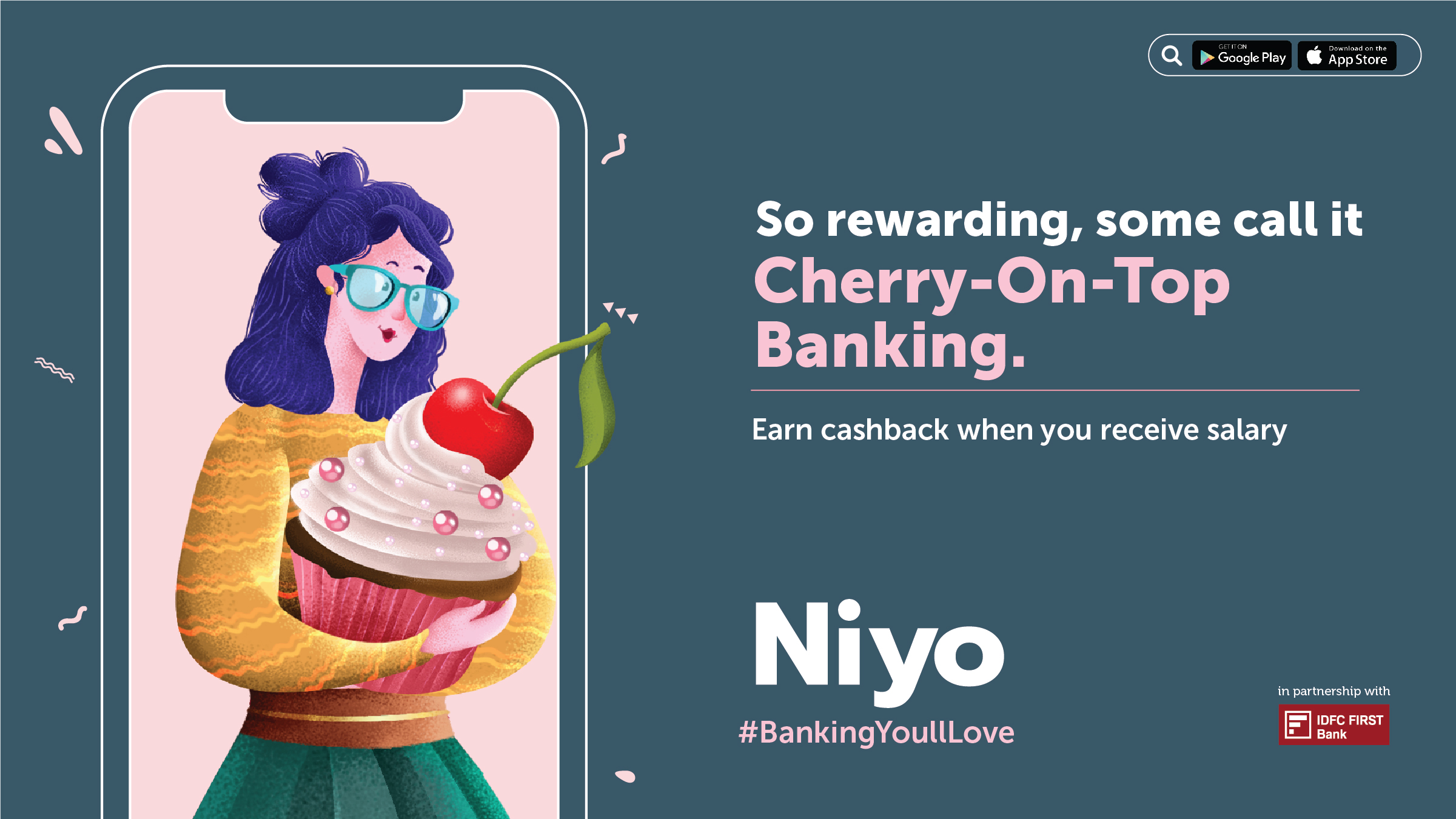

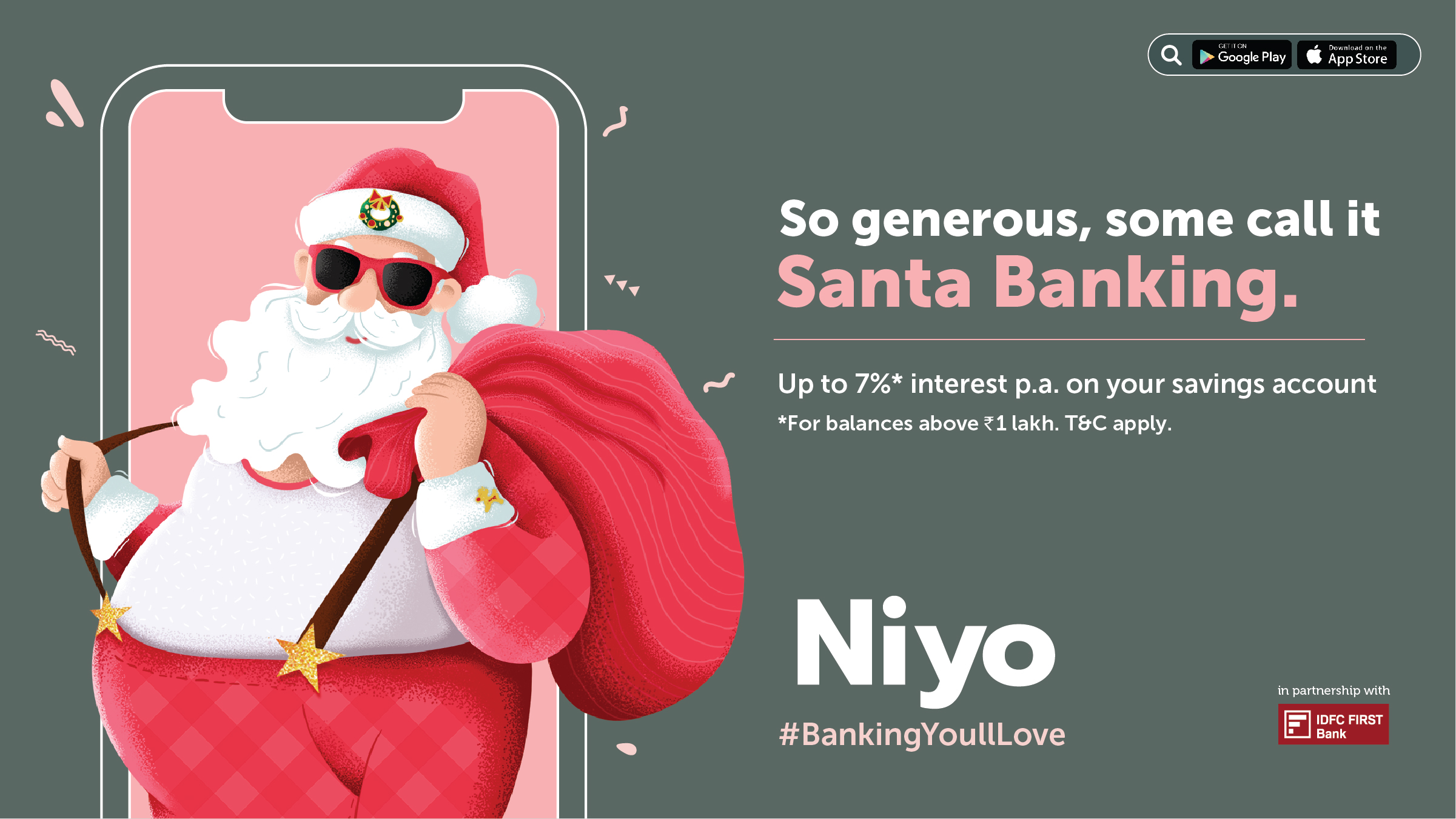
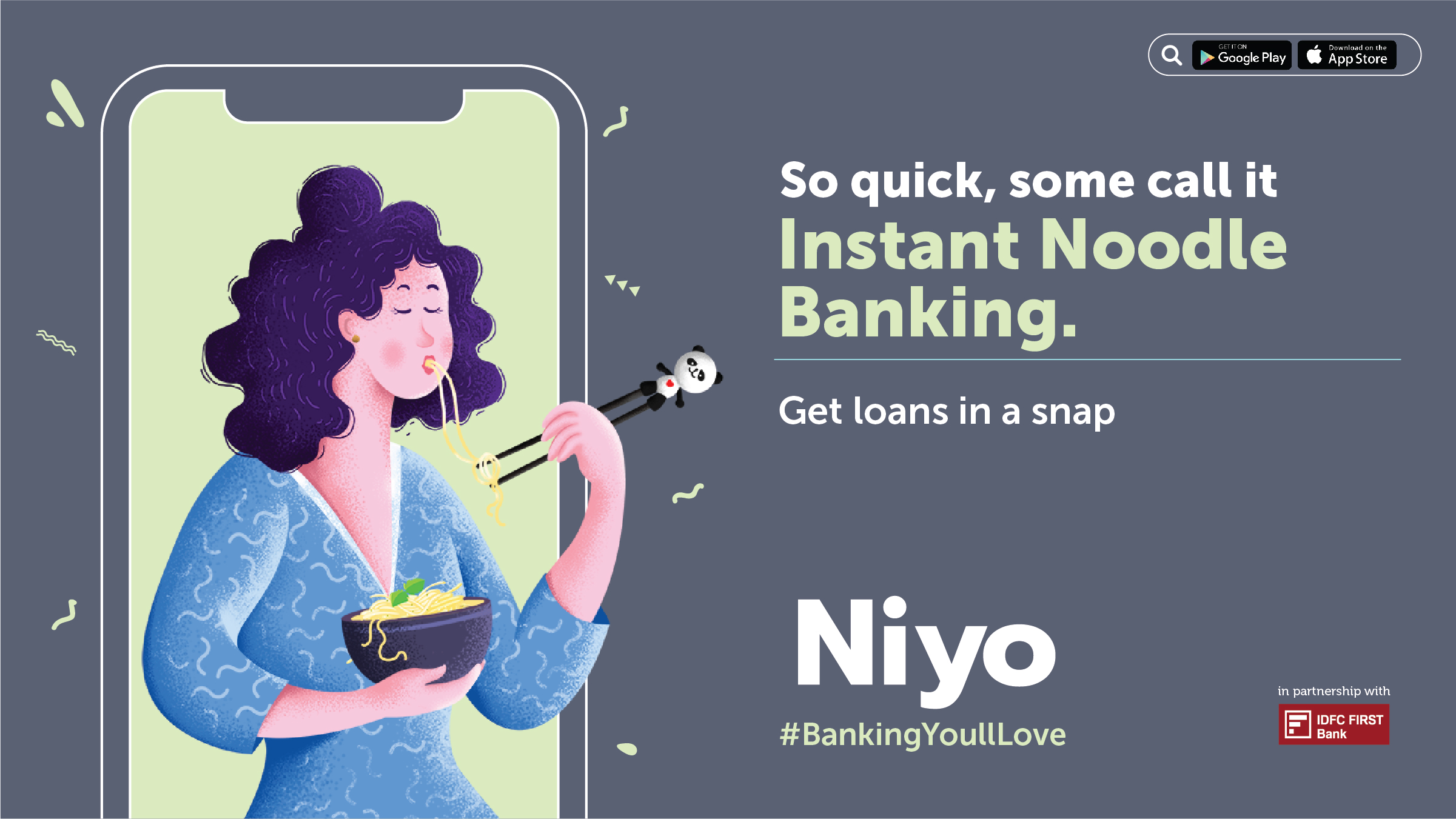
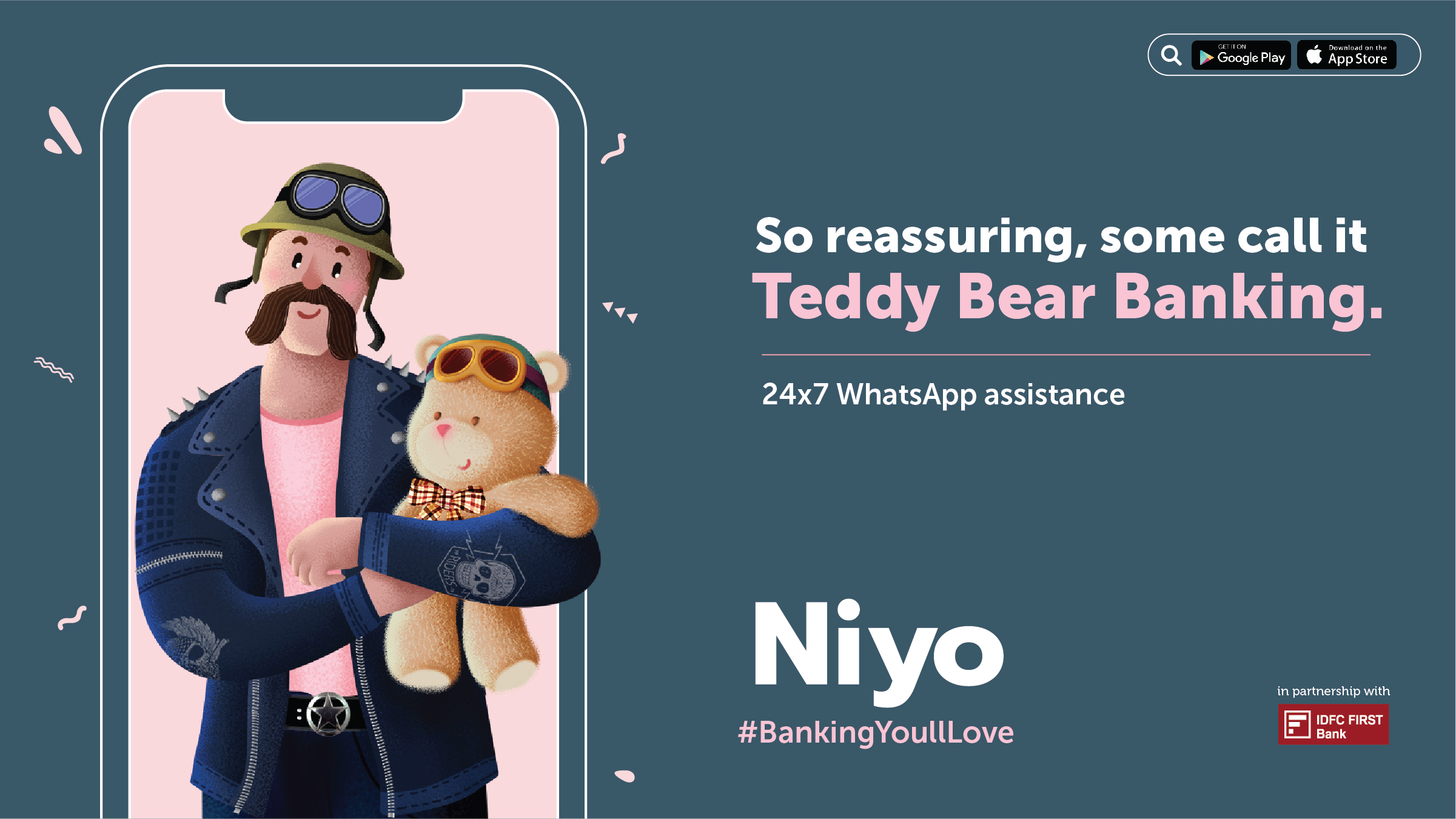
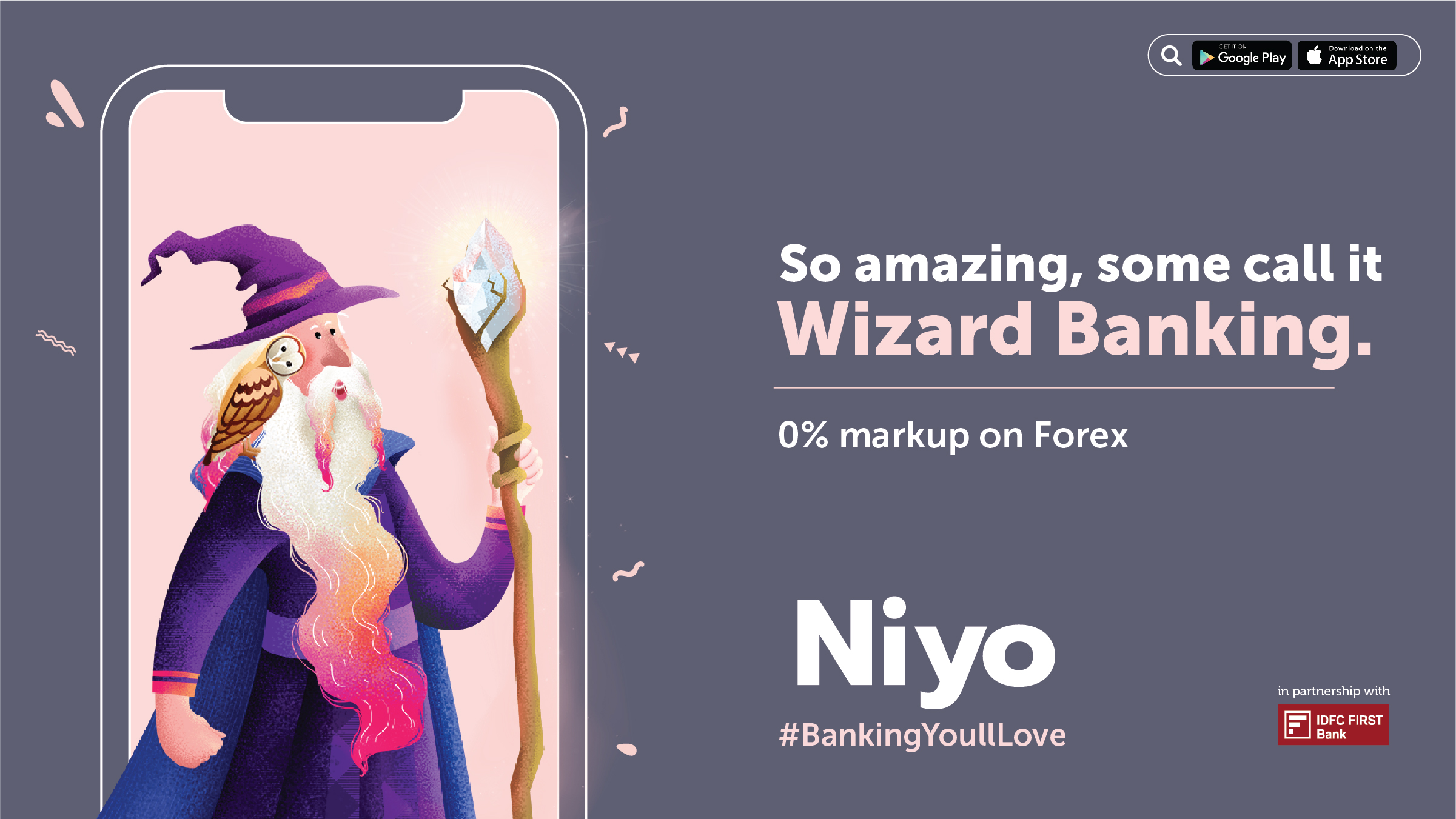
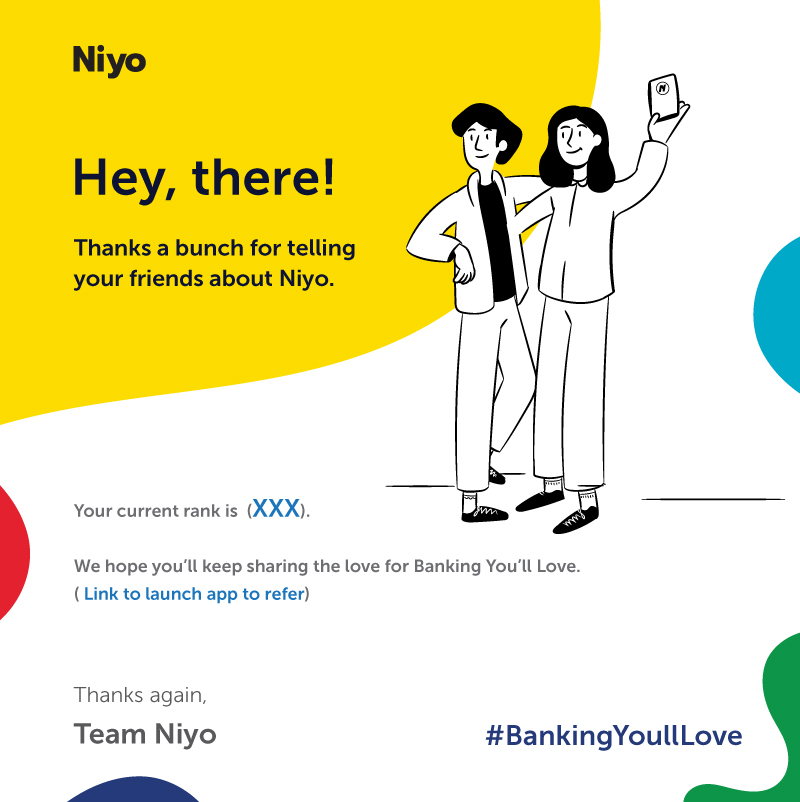
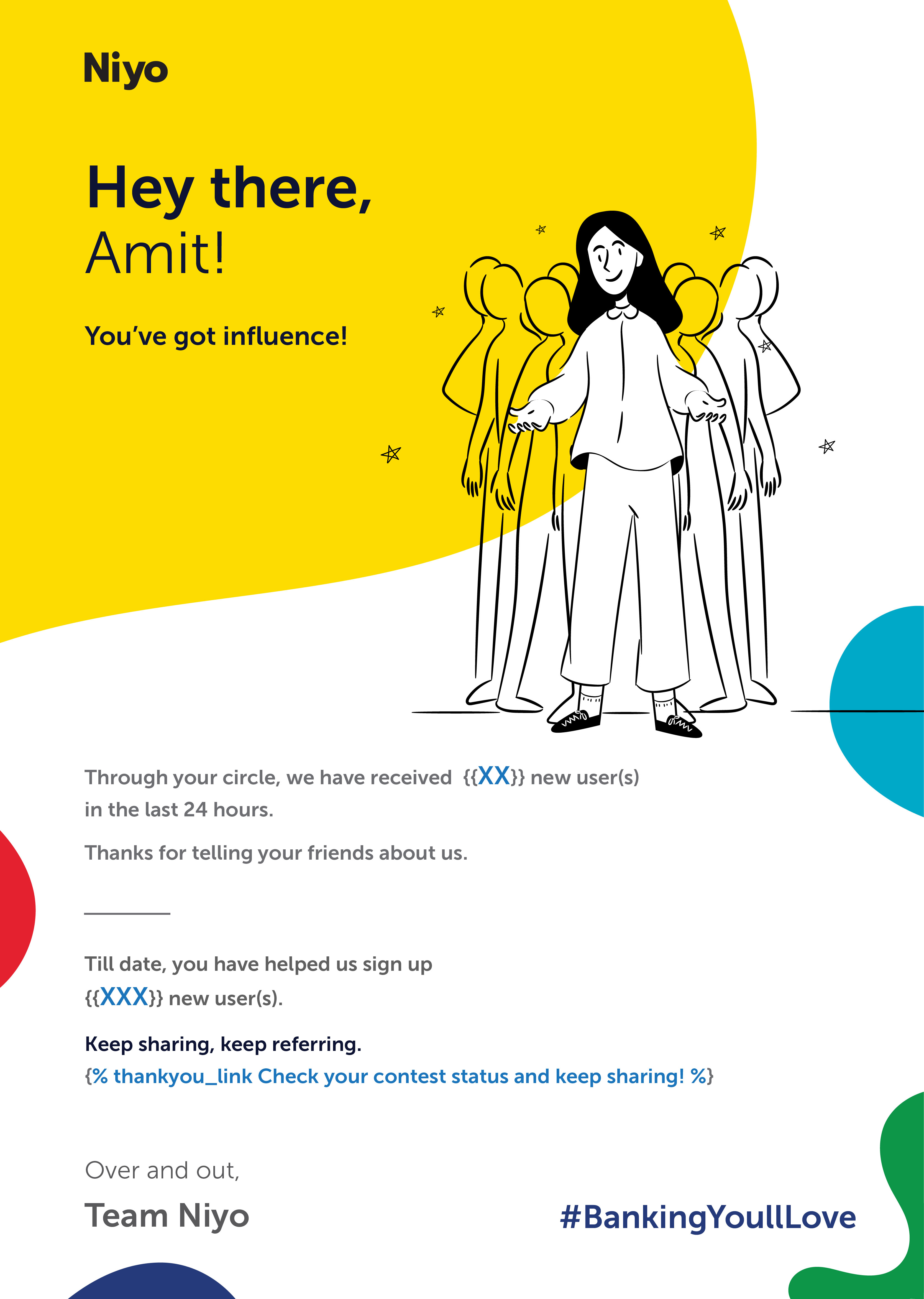
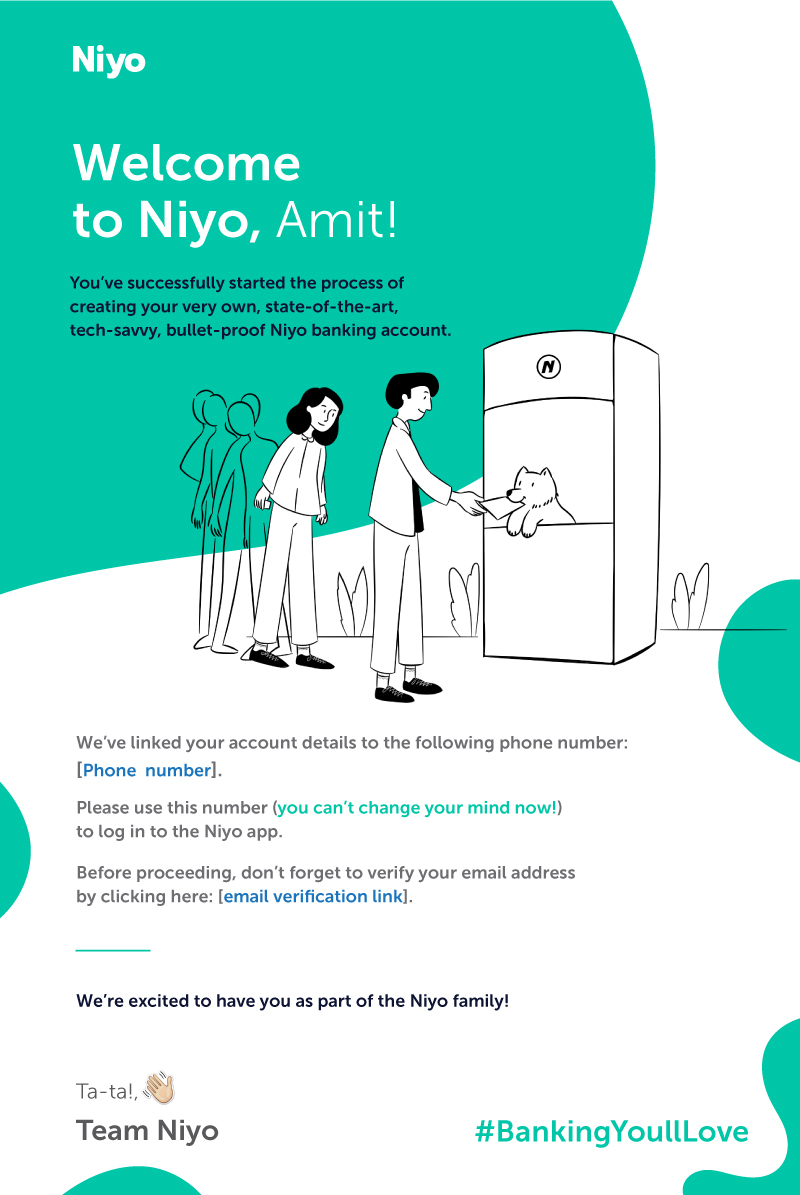

Seeing beyond the obvious.
Removing all blinders.
Going to places you didn’t think you would.
Solving problems you didn’t think you could.
Just a few things that happen
when you get a bunch of multi-disciplinary
sideways thinkers working together.
Magic, explosions of creativity
and unlocking opportunities are some others.
Because when technologists, product designers,
writers, behavioural architects, digital strategists,
art directors, retail experts, design thinkers
and developers sit in one room,
you won’t expect anything else.
Welcome to Sideways.
Because more often than not,
that’s the only way to go forward.

How do we design a differentiated logo for ourselves?
How do we take a brand from chemistry labs to Indian kitchens?
How do we redefine the way India buys a children's toy?
How do we protect our market share against unscrupulous competition?
How do we reimagine the way India shops today?
How do we get adults to enjoy animated storytelling just like kids do?
How do we get two cities to adopt an amusement park?
How do we help a local spice brand from Pune make it to kitchen shelves in India?
How do we drive consumer brand preference in a category dominated by trade push & deep margins?
How do you get India to love an auto brand without showing the car to be launched?
How did we introduce India to a new way of banking?